God fashioned man from the clay of the ground, breathed into his nostrils the breath of life, and man became a living being.
Genesis 2:7
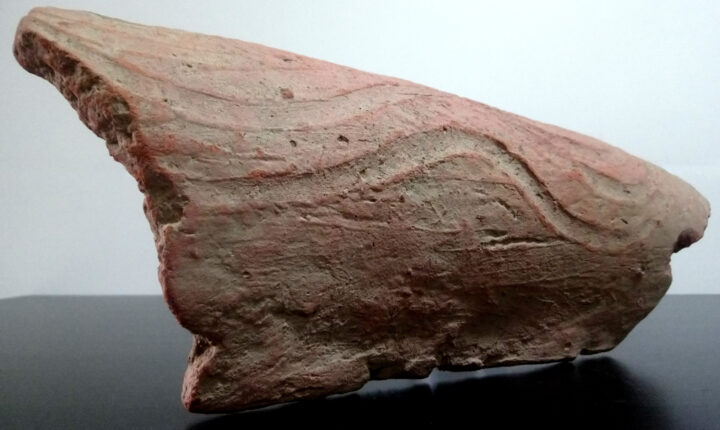
DECLARATION OF INTERESTS
Since I was a young boy, I have been fascinated by works in earth, clay, clay, ceramics, that is.
It was only recently that I dedicated myself to a daring attempt to theorize about such charm, and today I can write that it was not triggered, but aggravated by a gift from my uncle Diamantino.
Knowing my taste for History, in particular for Archaeology, he offered me some pottery shards and a little larger pieces, which corresponded to tiles, whose appearance on the earth was due to having passed with the tractor grid to prepare the floor. for the bread to be sown.
Thick tiles, under the earth? Signs of ancient life whose foundations have disappeared from view... curiosity had been instilled and I headed off to exploratory work, which resulted in the discovery of a few more shards and some almost complete roof tiles.
One, however, stood out from the assembled collection, as, in addition to being almost complete, it was decorated with serpentine and typed motifs, running along its entire length.
At the time, a little later, in possession of such a tile, I went to some cousins who were in Silves, directing and excavating the well-cistern, now part of the Silves Museum. After a brief visit to the ongoing works, I present the piece and inquire about its possible antiquity, to which I am informed that this would most likely correspond to the period of Arab occupation of the peninsula.
A tile, a simple tile hundreds of years old, found under a film of earth, whose production someone had taken the trouble to decorate with three serpentine fingers.
In my palms a tangible testimony of ancient Human Work, which anonymous hands had the need to inscribe the need for beauty or something beyond my understanding.
A poetic existence of a utilitarian but singularly beautiful object, modeled by long-lost human hands, which had returned to its point of origin, but still crystallized in its metamorphosis.
EARTH, WATER, AIR AND FIRE
Along a narrow strip located between the white and Baroque limestone and the black and schist mountain range, a red strip of clay emerges in the territory. In this, the ancient presence of the human being: either as an element conditioned by the environment, or as an element whose capacity for rationality allowed him to act on the matter where his feet rest and his gaze spreads out.
From venerable antiquity, human beings created – taking the necessary matter from nature from which they emerged – a world made to measure.
We will never understand the seminal moment – perhaps as the end of a process – in which hands, guided by thought, plunged into the humidified earth, previously subtracted from a pearly artery, a soil vein, the landscape, and modeled the adjacent universe.
How many previous and vain attempts, disappointments, failures, shipwrecks have been present in the course of History; how many and what are the random unpredictability that competed and were perfectly combined in the process; so that, for the first time, human beings have managed to model the earth in their own image and likeness, that they have managed to feasibly master the process by establishing a reliable edifying methodology of ductile matter?
I cannot fail to associate it with the moment when the human being understands the vast connections between available materials and in an inaugural act – along with others – conceives a poetics of Creation.
With the earth, with the ability to model it by his art and ingenuity, the human being takes a colossal evolutionary leap, transposing one more step towards moving away from pre-existing conditions.
Removing the various soils from the barrier or from the ground, subsequently ground, adding water to make it into the buildable material of the dream, giving it shape and subsequently baked in ovens at high temperatures.
In possession of knowledge, the matter where he lives becomes floor, walls and roof.
Having traveled several times over the years to Santa Catarina da Fonte do Bispo, to register in an image the elaboration of tile, dumb brick and tile, I have had the opportunity to start conversations with those who work there.
From a still recent past, to the east of Santa Catarina da Fonte do Bispo and to the west already in the municipality of São Brás de Alportel, the number of sheds in the region would exceed two dozen, men working only from March to October, employing a few hundred of people who, once the season was over, went to other seasonal occupations.
On the previous, but certainly not the last time I went to a shed (Tiles and Tiles Santa Catarina – Alberto Rocha) to complete a little more the body of work that fell on this manufacture/industry took place in the middle of summer. I entered a large covered surface, where bodies found on the “stone”, from morning until the end of the working day, gave shape and body to the tiles, today referred to as Santa Catarina tiles.
Body verticality is maintained throughout the working day and the hands, extracting clay from an adjoining mound, work horizontally, arranging it in a form, the gavieira, which is found on the “stone”.
Quick back-and-forth movements wisely arrange and lay down the pearly matter, filling the entirety of the empty space.
Quick and mechanical gestures, the sweat that falls on the work, tempering it with human effort.
Piece by piece the work is produced. The tiles, once passed through the hands of those who shape them, pass to the hands of those who place them on the threshing floor for drying, an endless and daily coming and going and carefully laying them out, in a flexing body, within invisible lines.
If, at the end of a day's work, one thousand two hundred pieces are produced, for only one person on the respective stone, multiply by that number all the small, but necessary gestures, from giving form and substance to aligning them on the threshing floor ( another person); once found the number can be multiplied by three to four stones, where three to four more teams produce.
Before, in a past still alive in memory, the whole process was manual, from pulling the raw material from the womb of the earth, passing through all the phases in which such elements (tile, tile and dumb brick) are deposited inside the truck that you can either take them to a point in the region or thousands of kilometers away.
If before the shed area was uncovered, at the mercy of the elements, today it is completely covered, thus allowing it to work all year round.
Once laid out on the threshing floor, the tiles dry in the air, thus removing excess moisture. Having been arranged in this way for the necessary time, about two days, they will have to be beaten several times with a flat wooden surface, as the ends of the same have a tendency to turn upwards.
Once the work (dumb brick, tile and roof tile) has been properly purged of excess moisture, it is carefully packed (which is arranged according to a mass/weight in descending order from the ground to the top of the kiln) in the upper chamber of the kiln, whose The body consists of another lower chamber intended for burning and located below ground level.
A fire continuously fed for a day, plus whatever else is needed, cooks and consolidates the entire work.
Always a man present, taking turns, feeding the huge furnace with his mouth that sometimes sticks his tongue out at the photographer.
Of the overwhelming majority of the men I shared a few days with, absorbing their gestures and words, I know that from an early age they started working in this industry, still children, during the summer school holidays.
In the memory of those present who are now working, there are still vivid reports, witnessed in the second person, of times when the muscle was present in the whole process, quite different from today when many of the phases are assisted by the machinery that came to become easier and faster production.
Although machines were introduced in various parts of the long process, namely extraction, crushing and grinding, the manual is present in the stages that contribute to each piece being individual, despite the production being apparently homogeneous.
The Work spread on the threshing floor to dry, or already laid out after being cooked, is only the same in general appearance; minimal but enriching singularities emerge when observed closely, constituting a factor that enhances the application of elements.
The whole process, all the work necessary for it – even if today aided by machines – demand from those who perform it not only a continuous physical effort – a compromise between the roughness of the activity that demands the muscle – but also depends on a set of subtleties required by the fragility of the material with which one works.
à vol d'oiseau, at a first impression, the idea may be the opposite, but the wise understand that the various clays are ready to be intervened; cautiously filling the form, not forgetting to fill all the space; the careful disposing of each piece on the threshing floor; the meticulous arrangement of the pieces in the kiln; the sensitivity with which the kiln masters analyze the cooking of the work by the color, by the smoke, makes me reflect on the existence of an empirical and fine sensitivity with which each worker has to act towards the material, and in which the lack of it will correspond necessarily bad work.
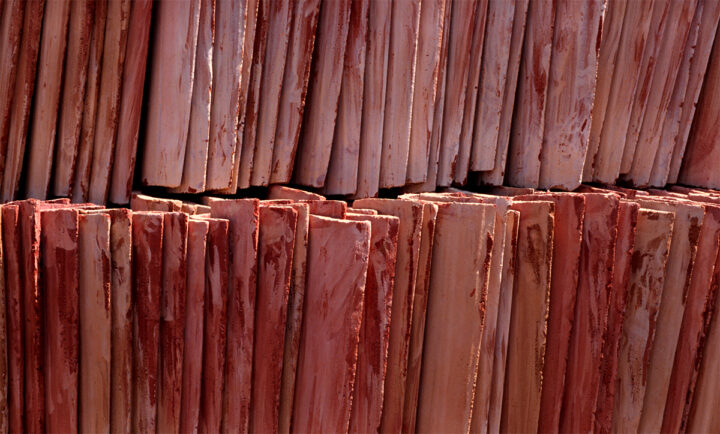
Writing what gives me on the tile:
-Having the possibility of living in a building where the floor, walls and ceiling are an expression of living conscious of and in the elements, is a unique experience.
Unanimously approved, after presentation at the ordinary session of the municipal assembly of Tavira on the 30th of September of the current year, the recommendation, referring to the registration in the national inventory of the intangible cultural heritage of the ceramic manufacturing process of Santa Catarina da Fonte do Bispo .
In this world of plastic and noise, I want to be made of clay and silence.
Eduardo galeano
Photos: Filipe da Palma ©
Nota 1 – the expression in the title is by Orlando Ribeiro in Geography and Civilization
Author Filipe da Palma is a photographer and has documented, through his work, the most original aspects of vernacular architecture in the Algarve, as well as inventorying the intangible heritage of the Algarve in images. He is the author of the book «platbands of the Algarve».
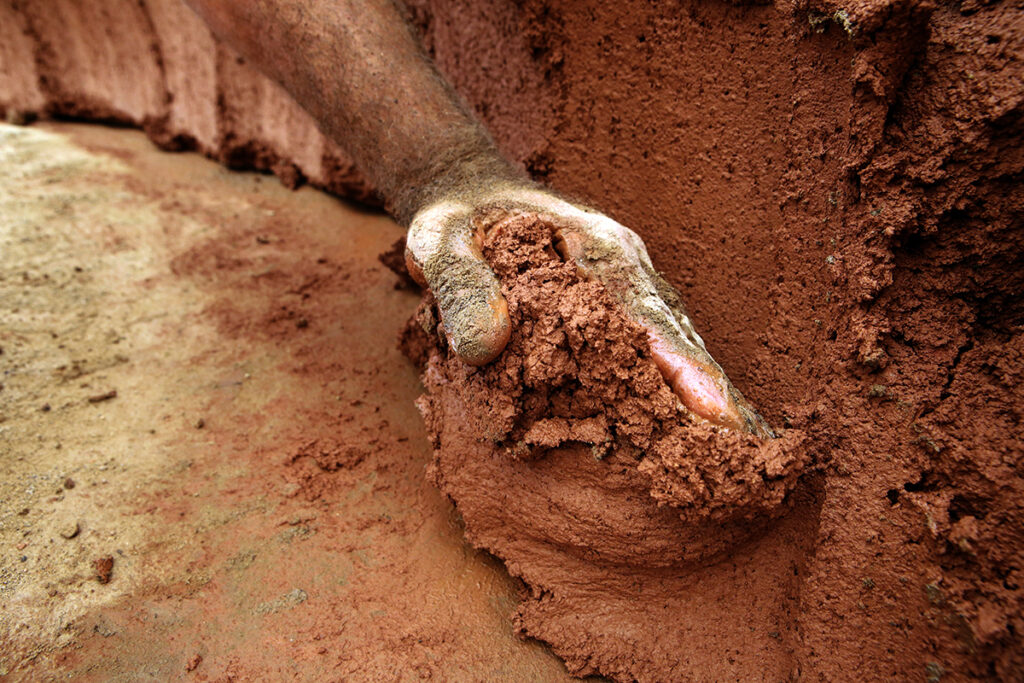
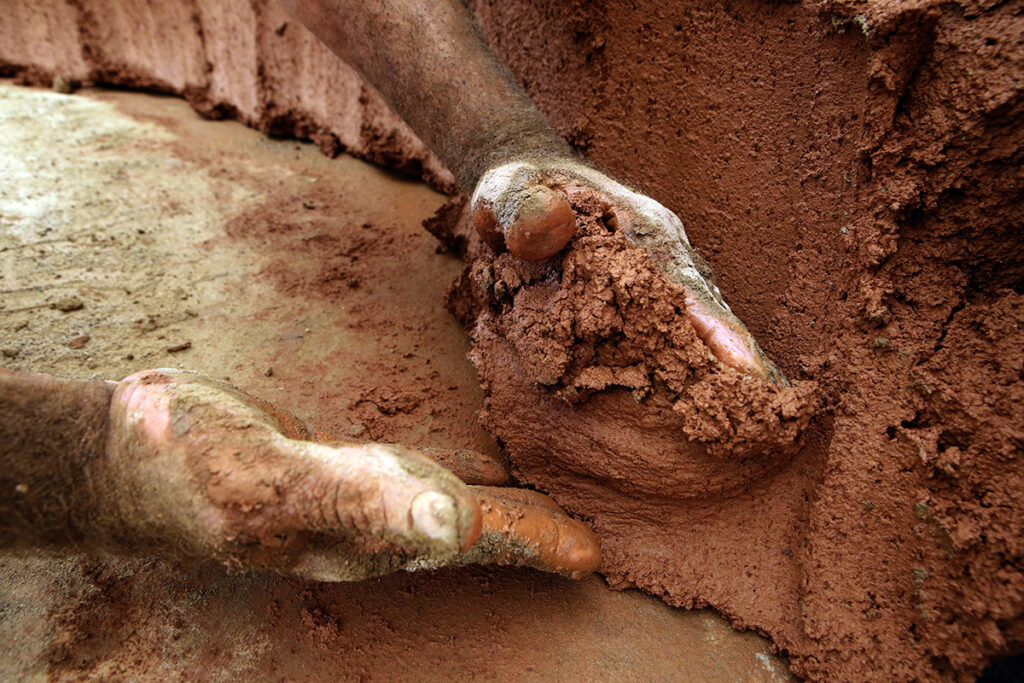
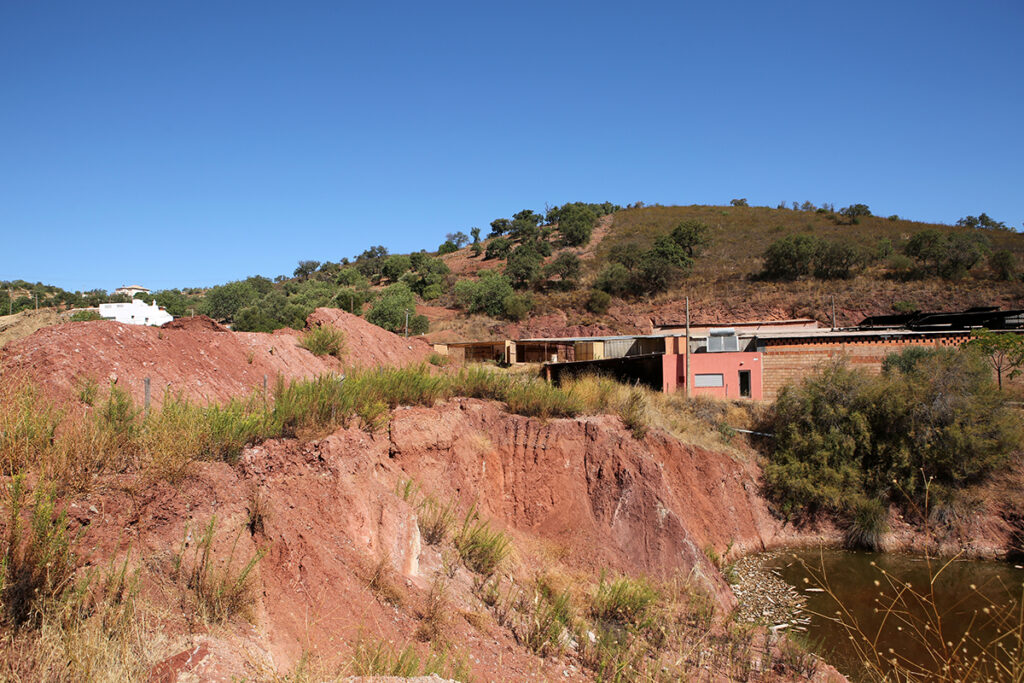


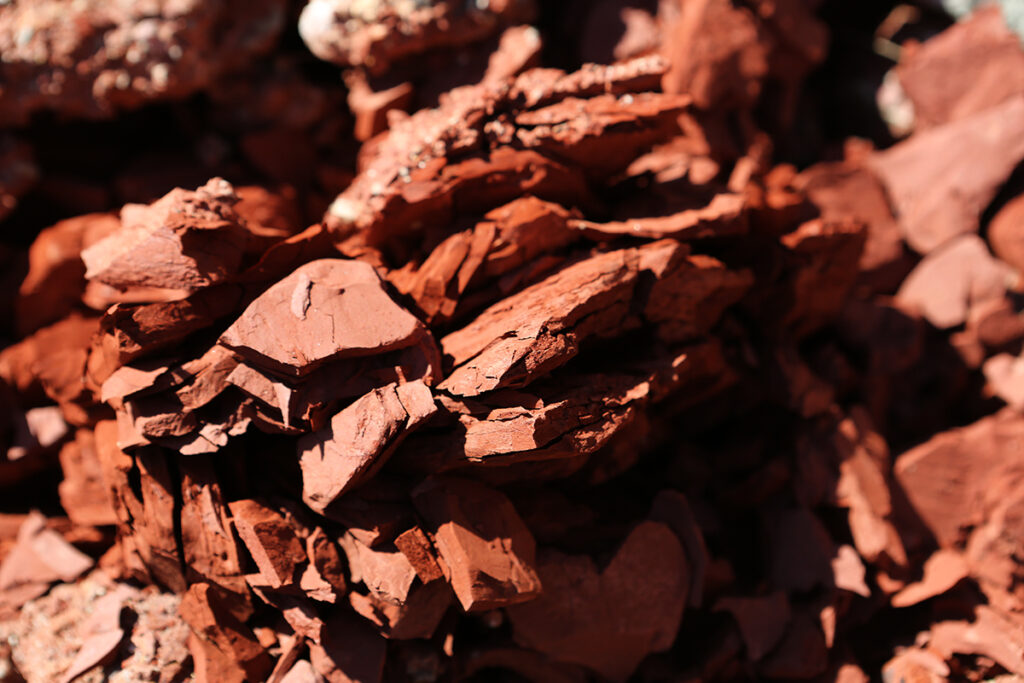
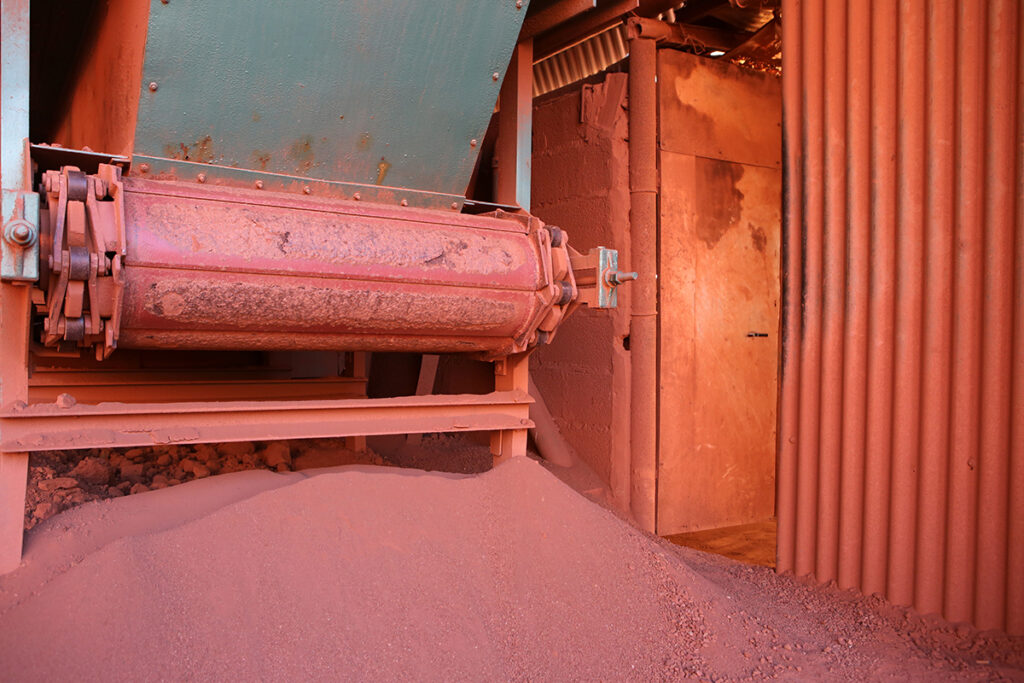
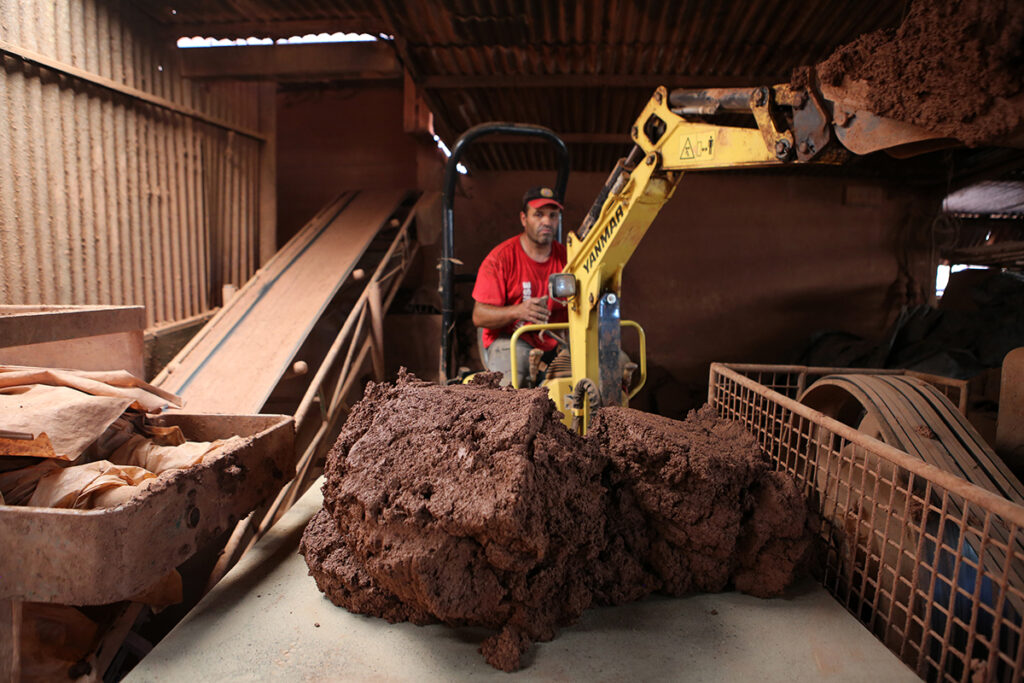
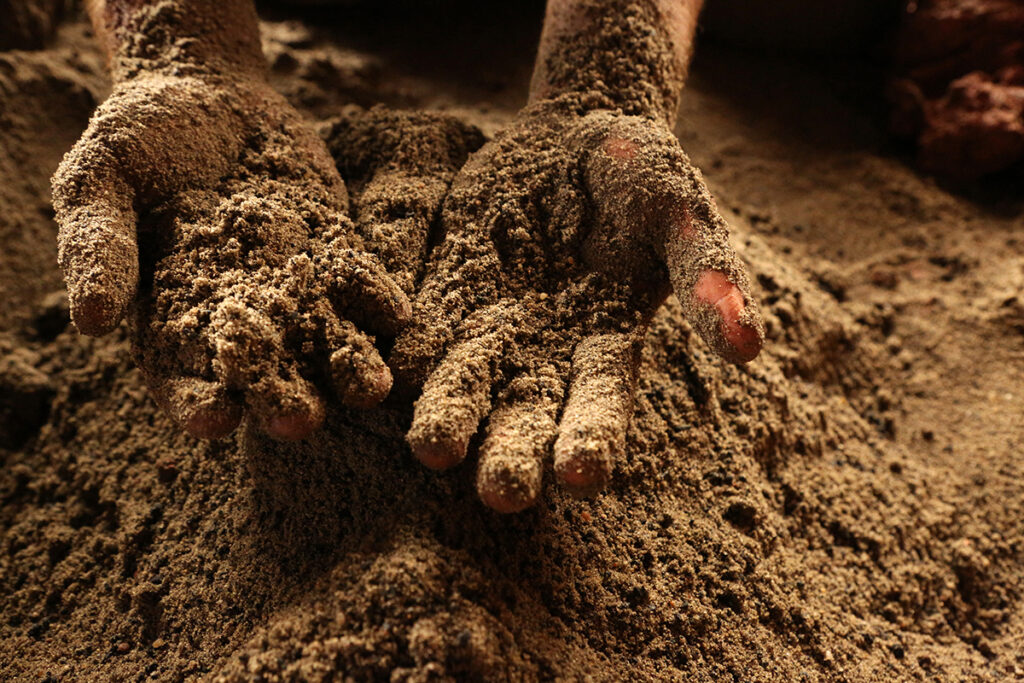
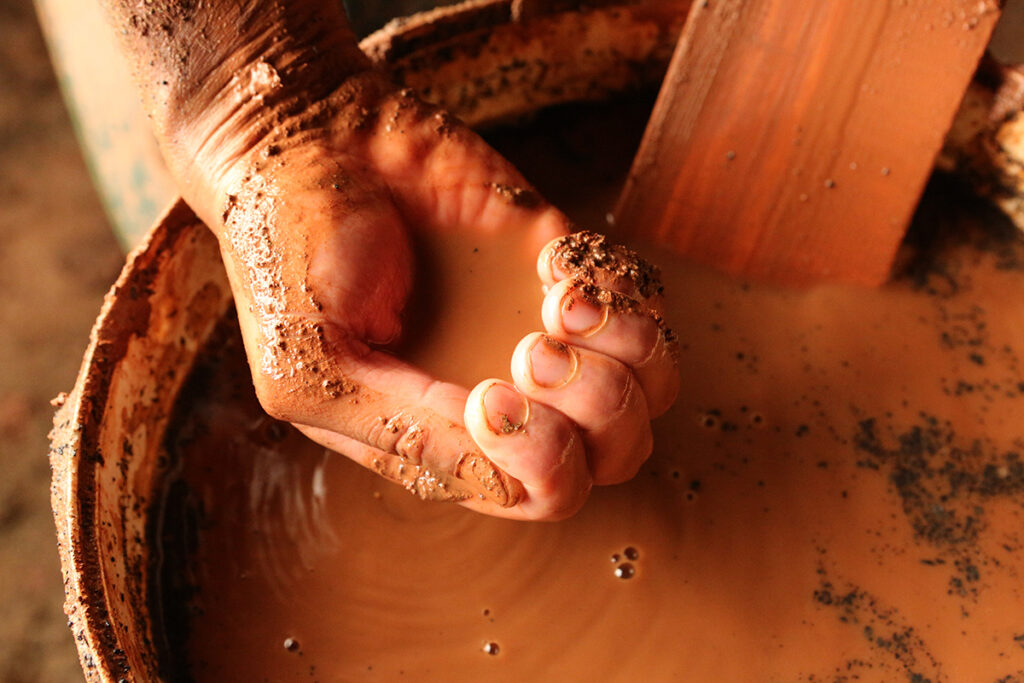
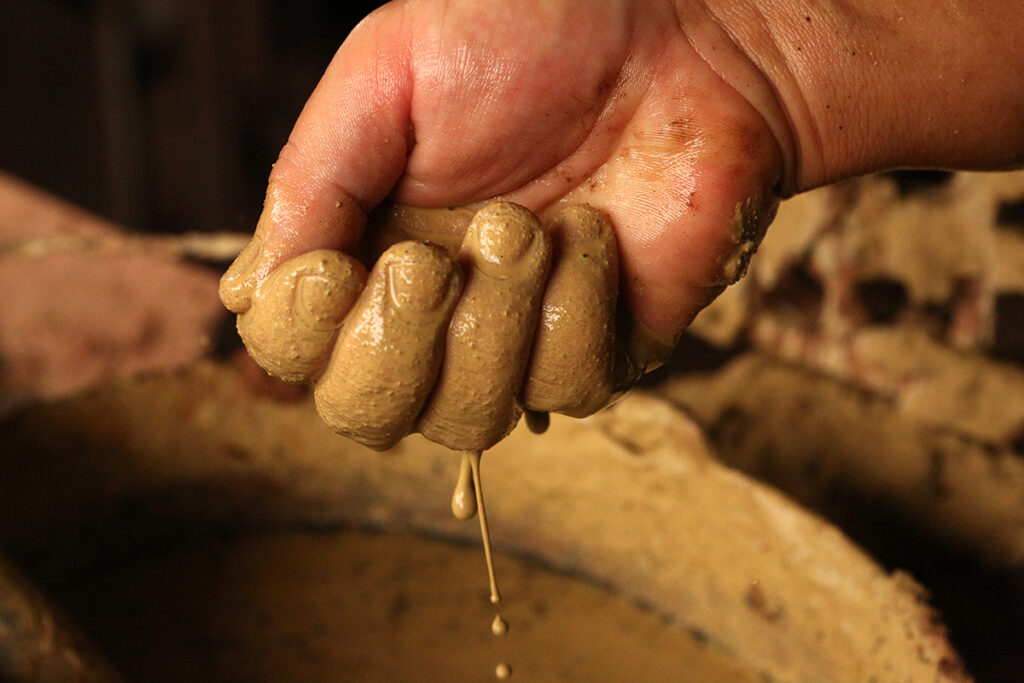
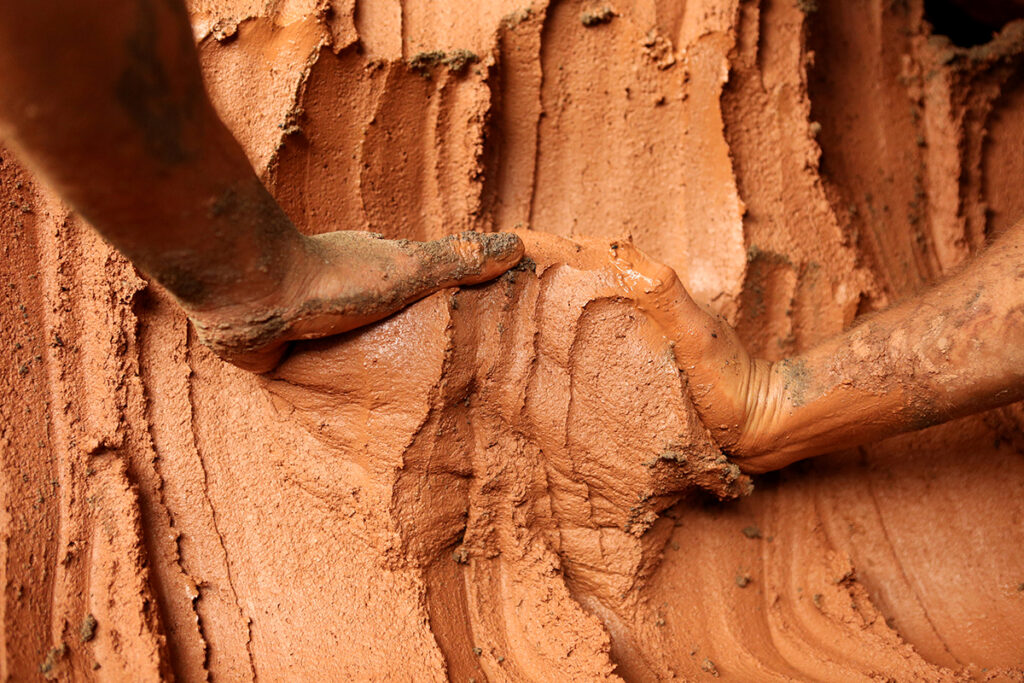
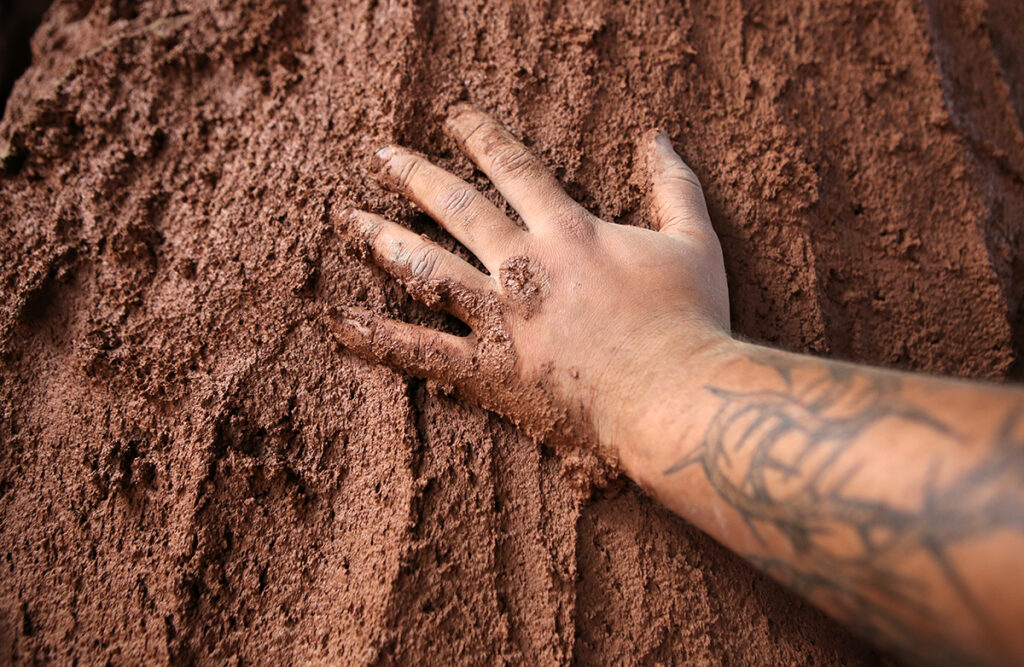

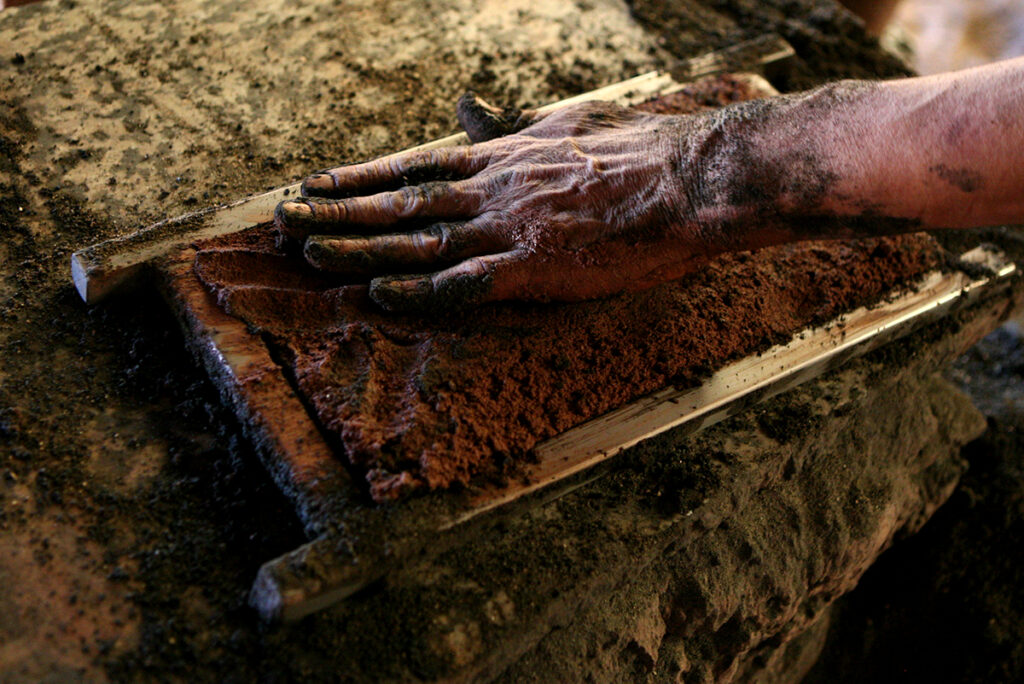
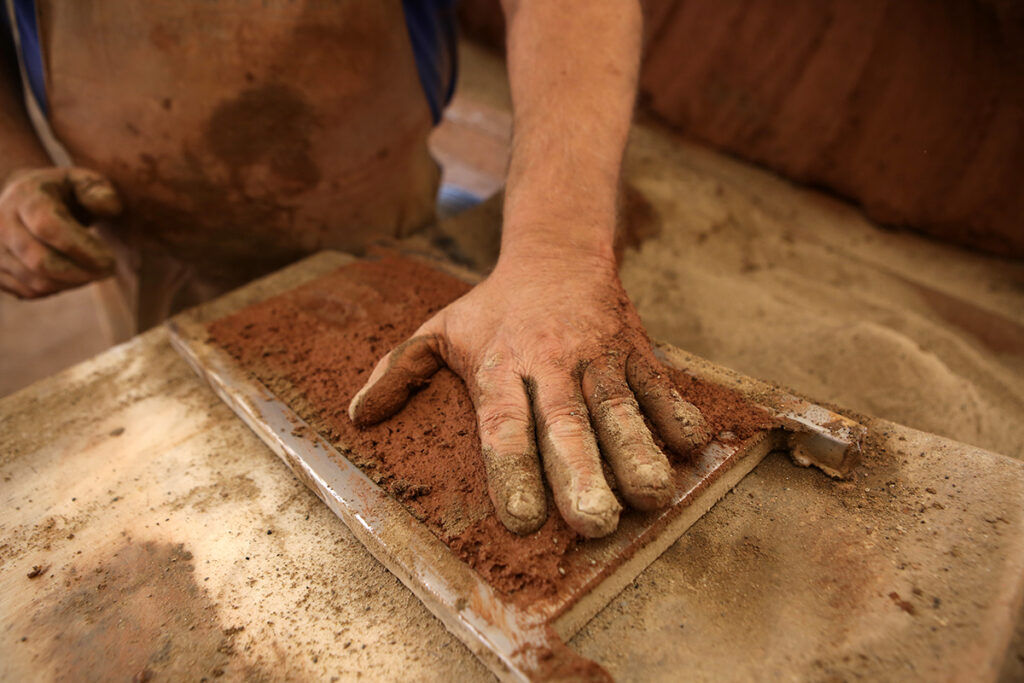
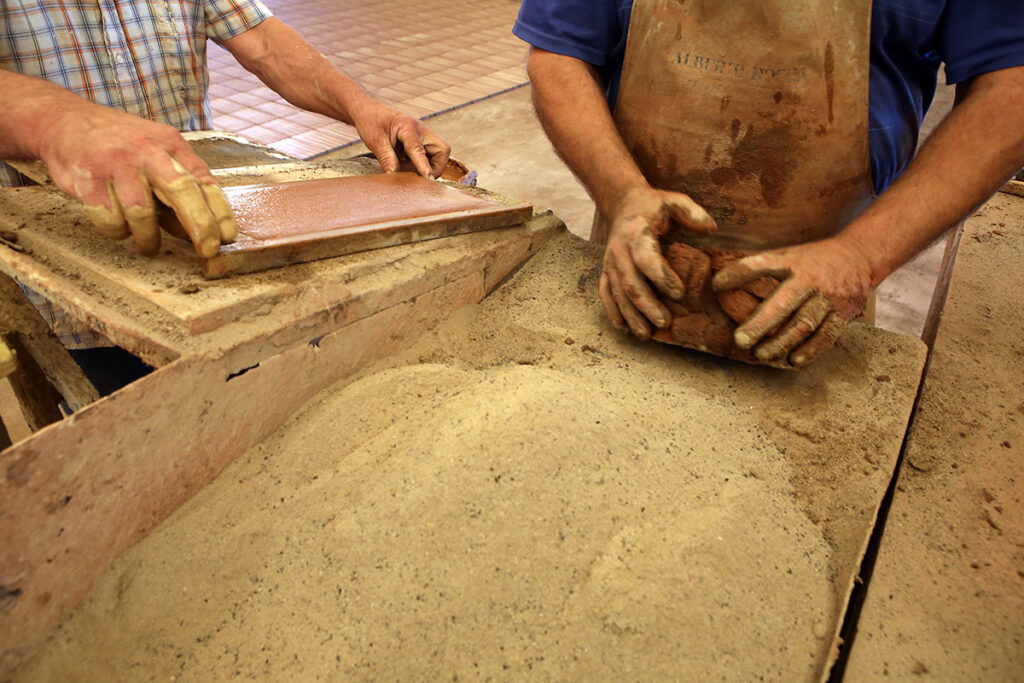
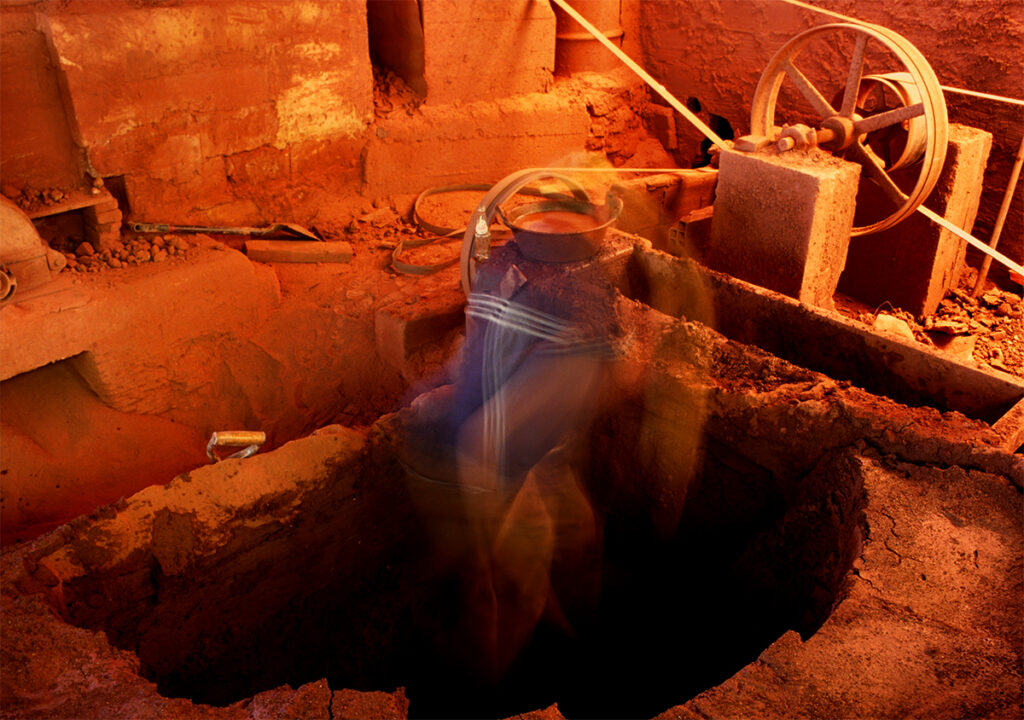
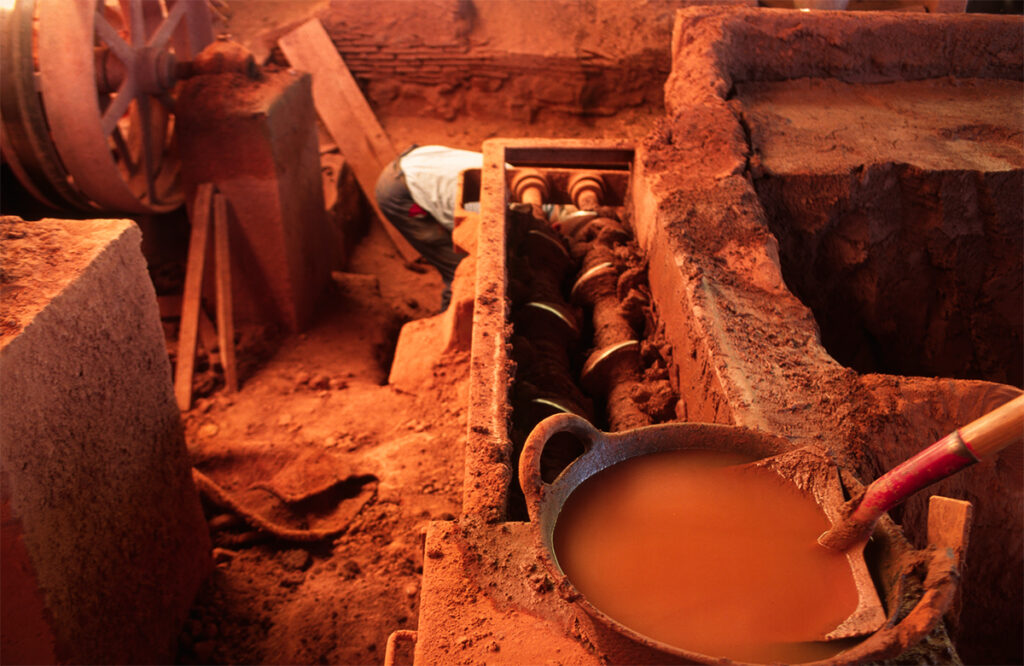
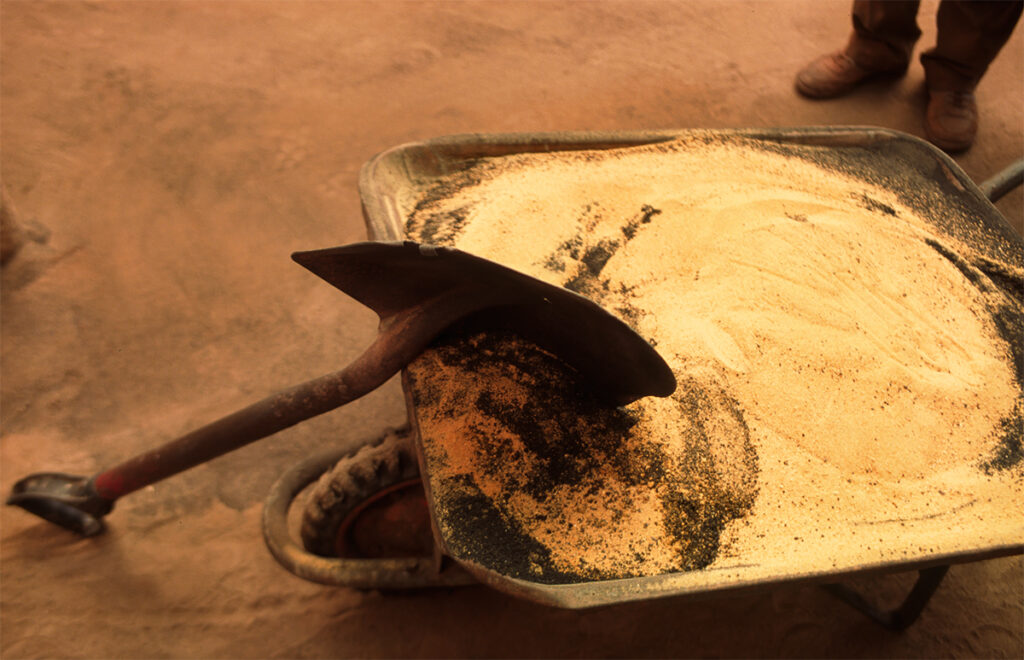
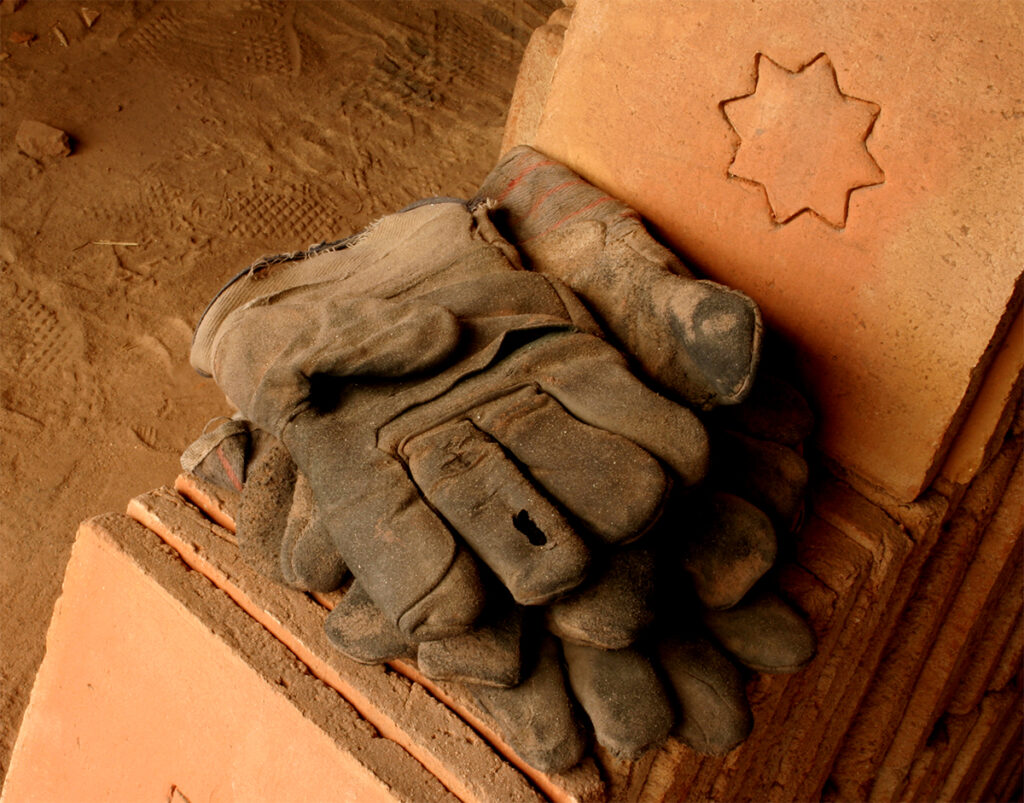
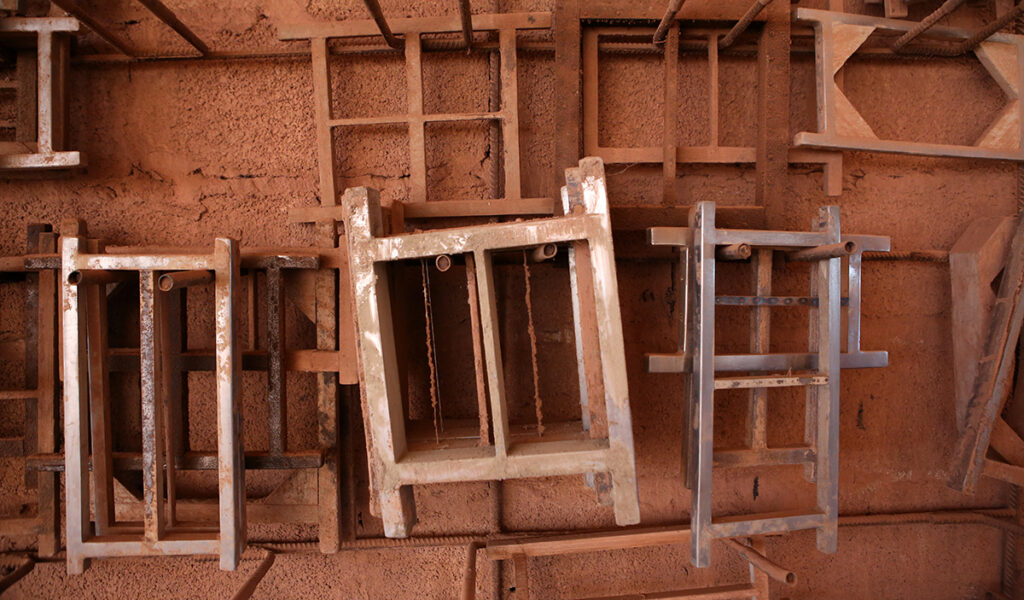
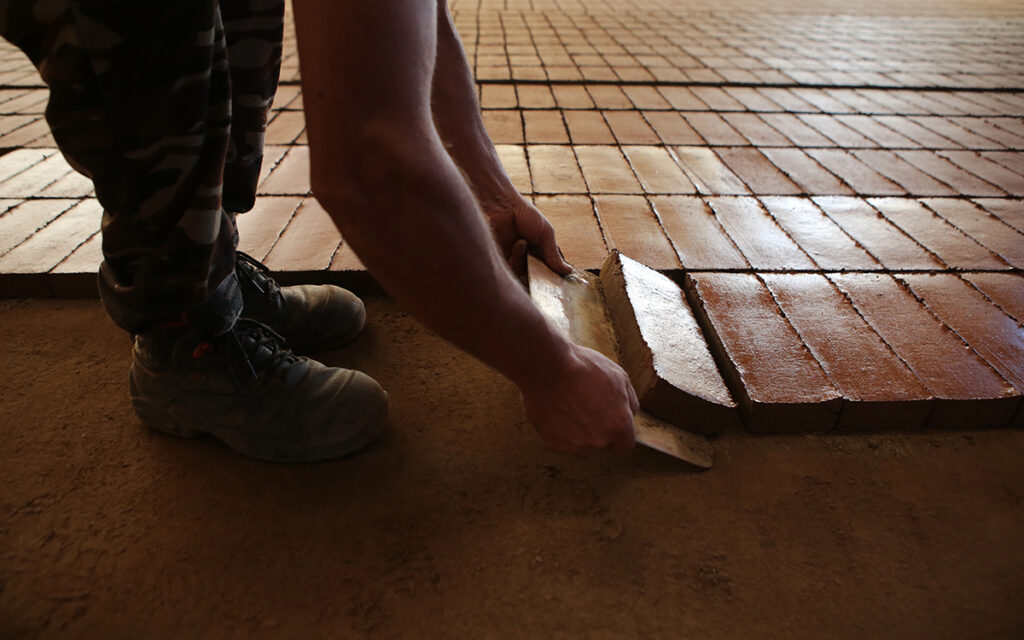
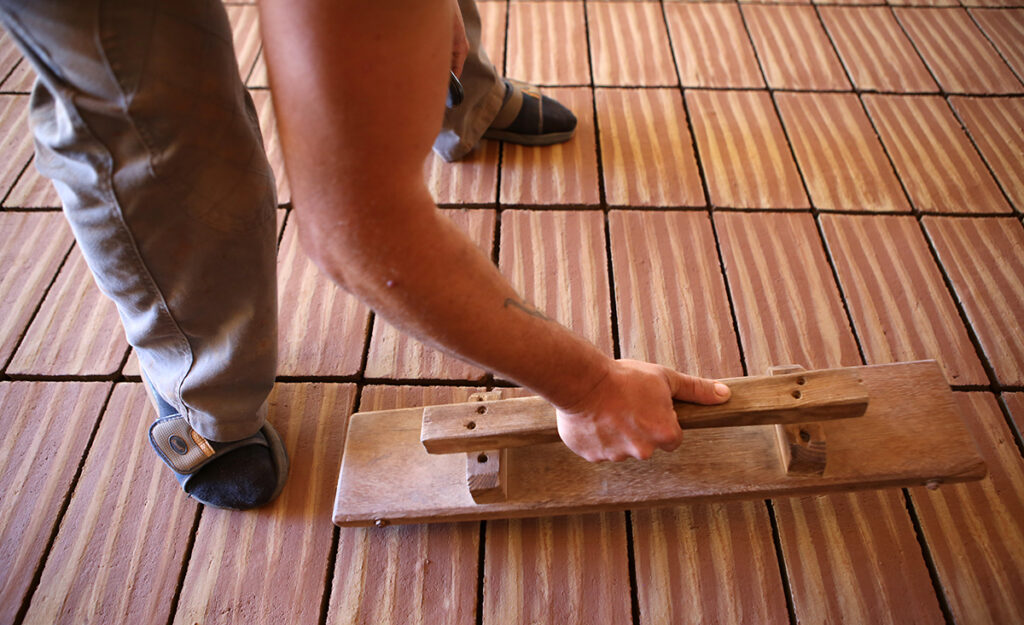
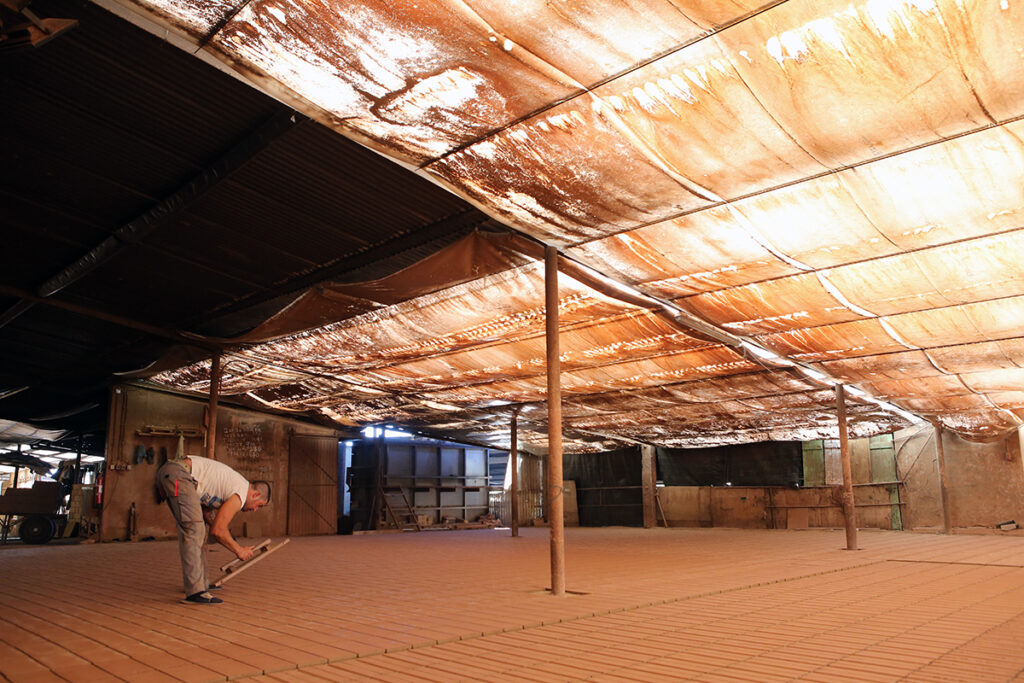
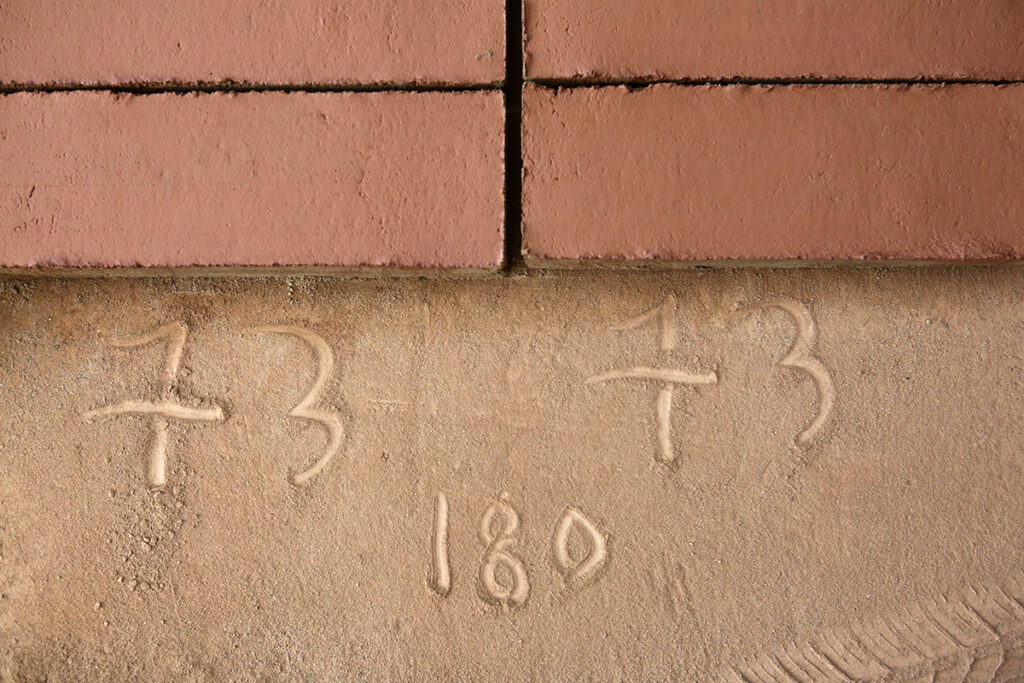
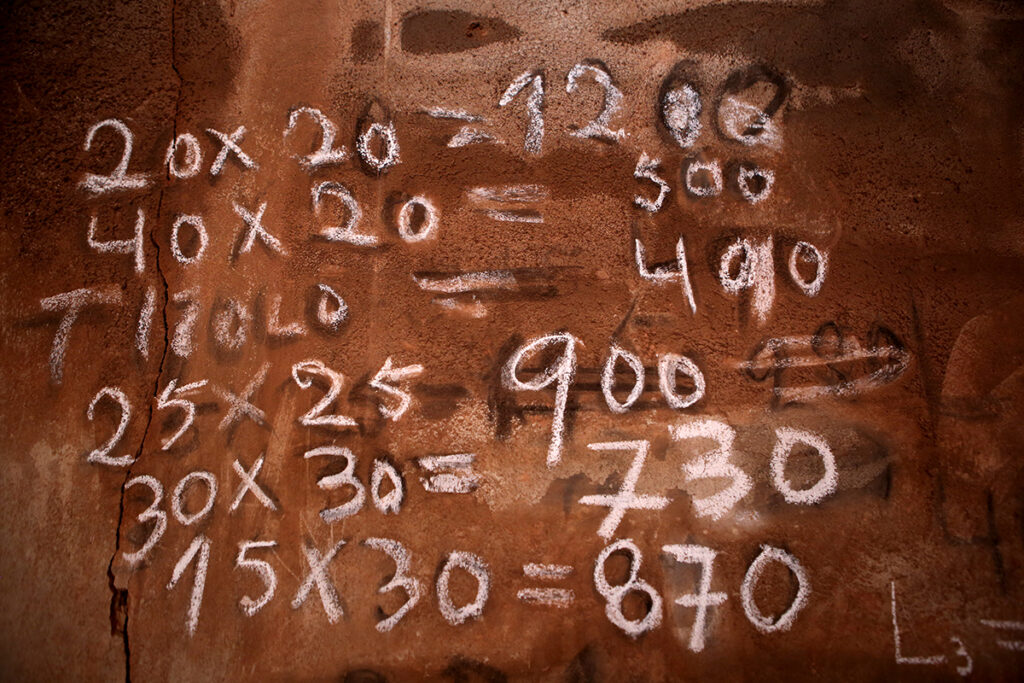
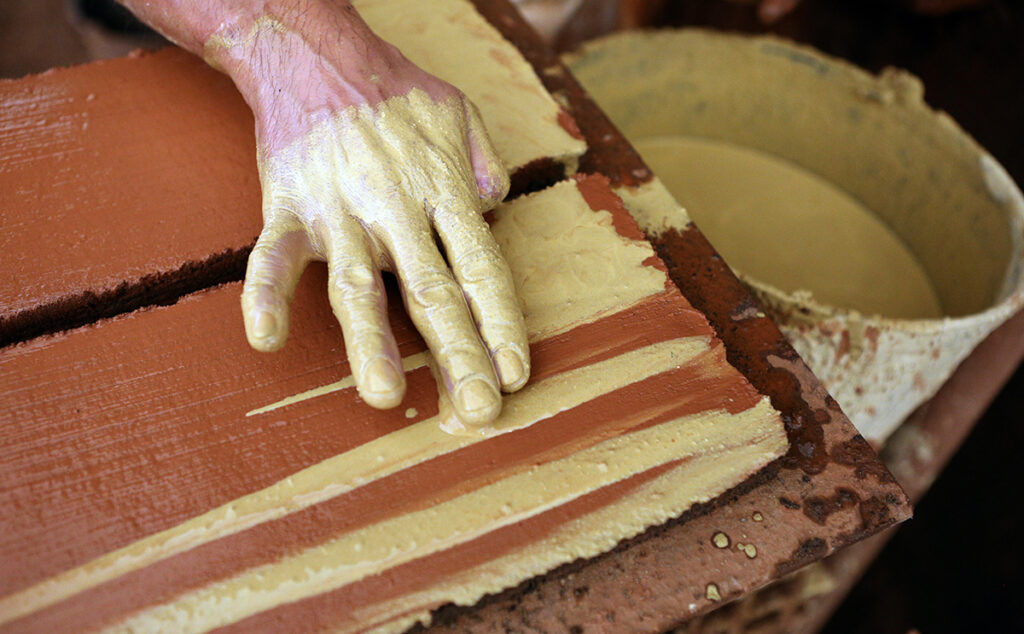
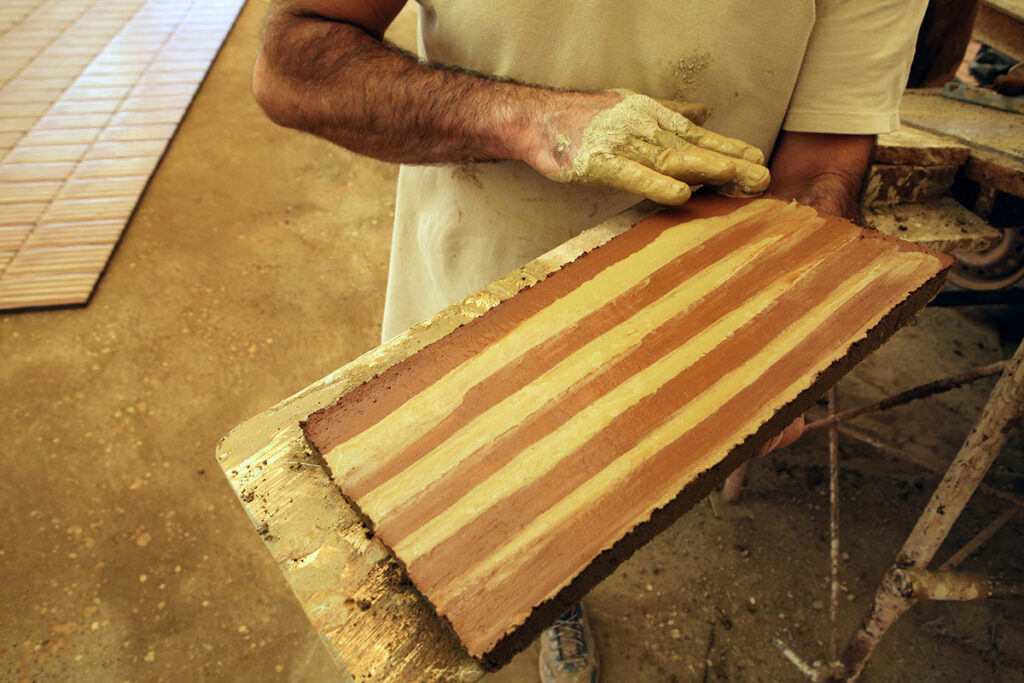
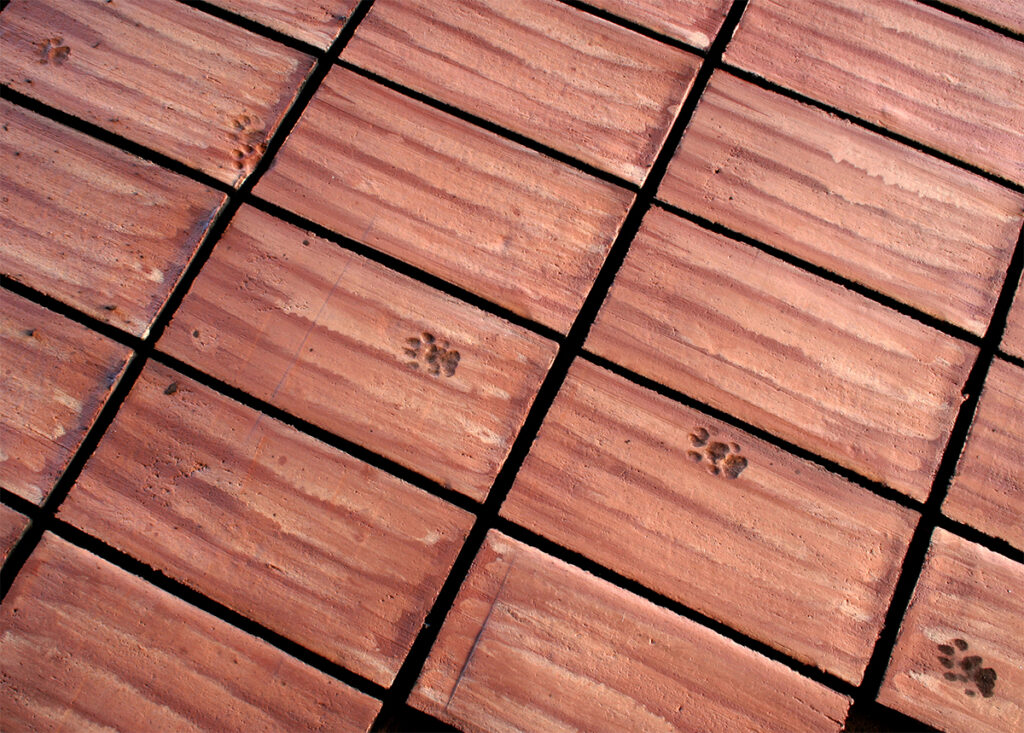
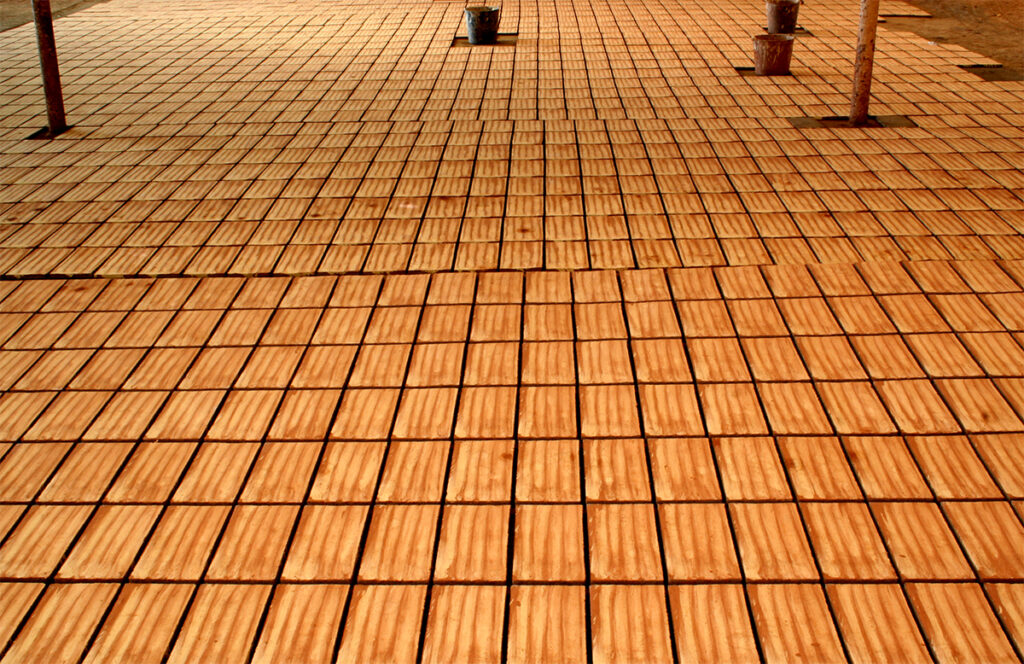
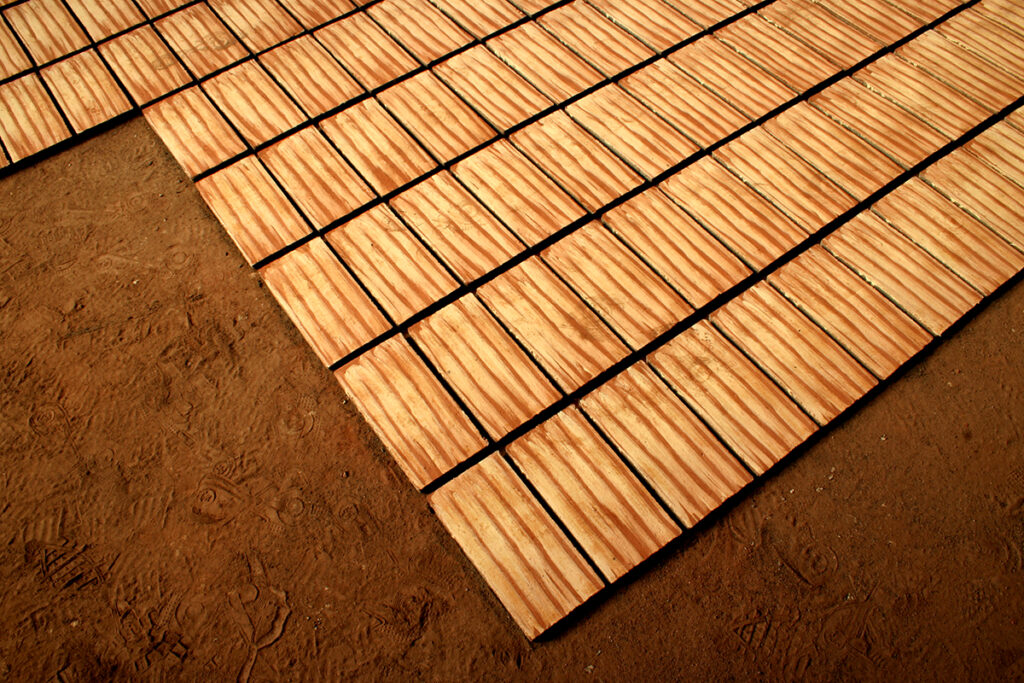
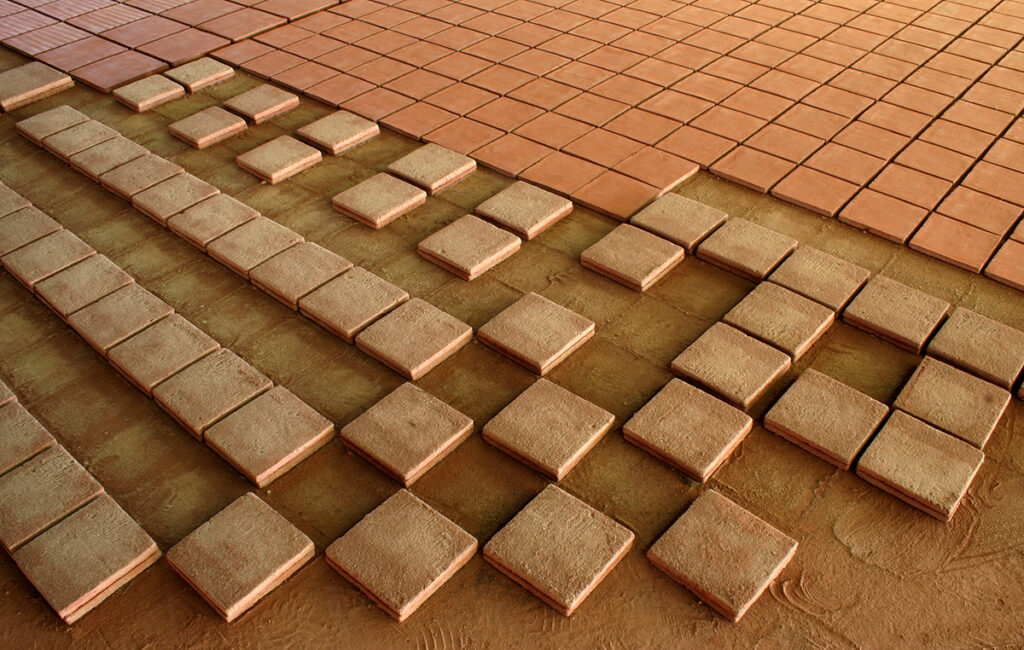
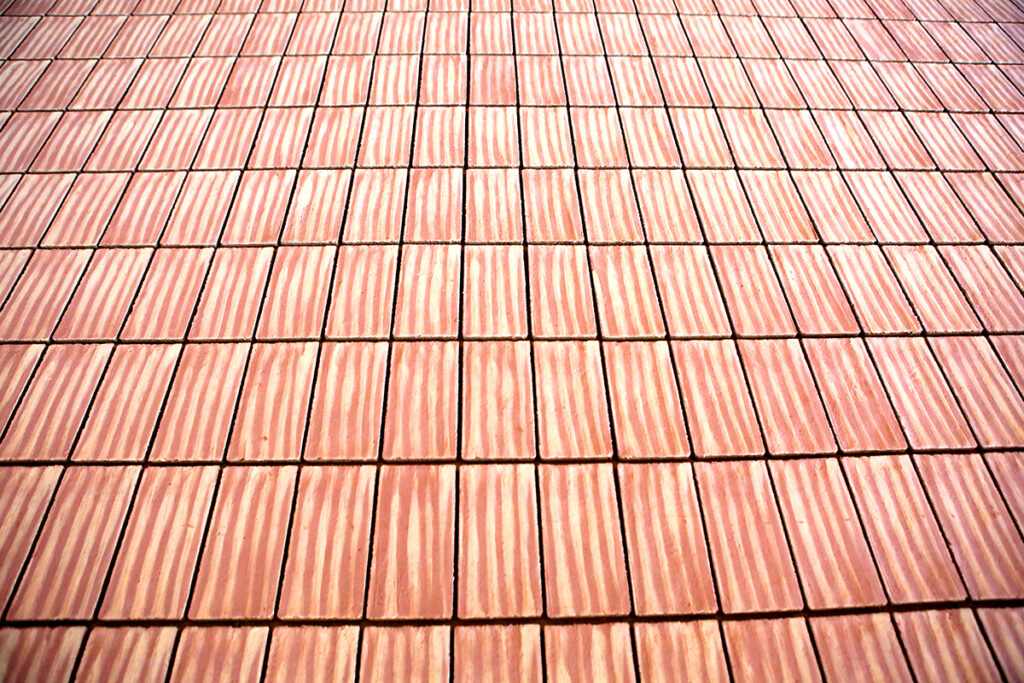
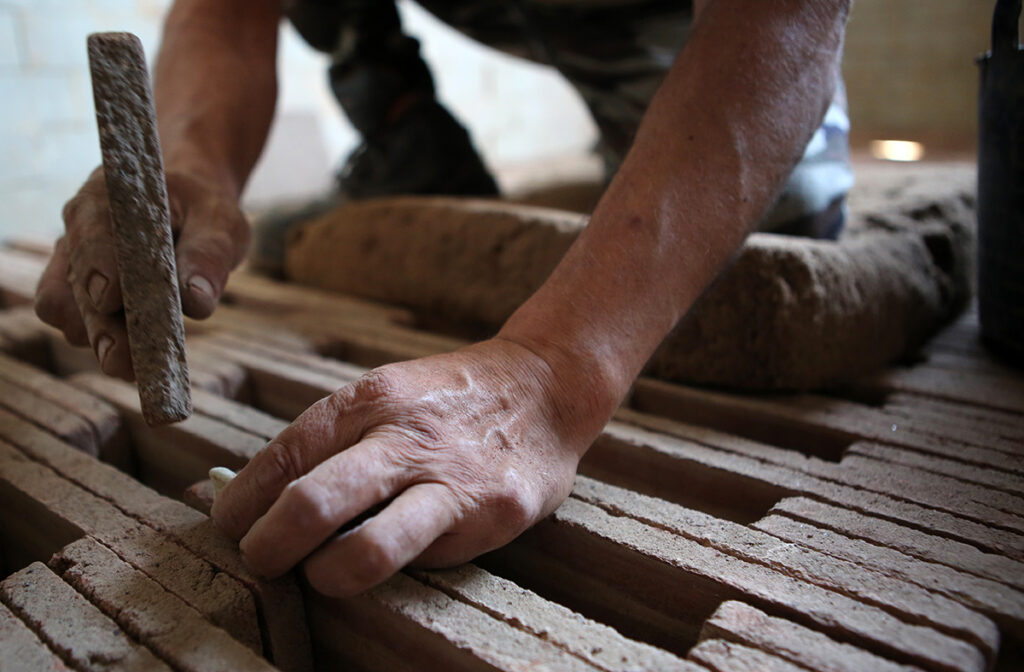
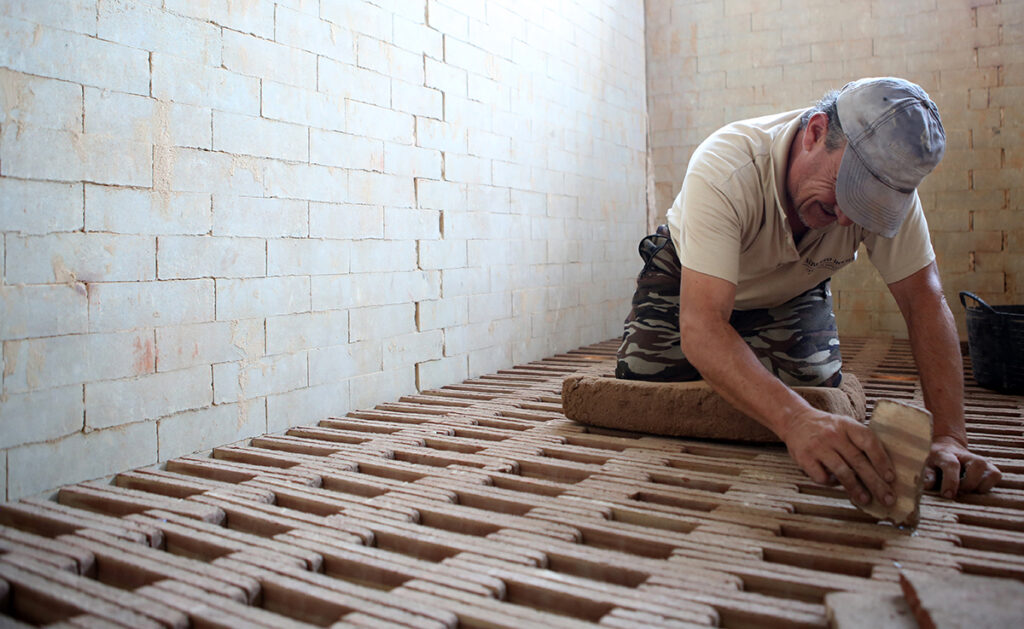
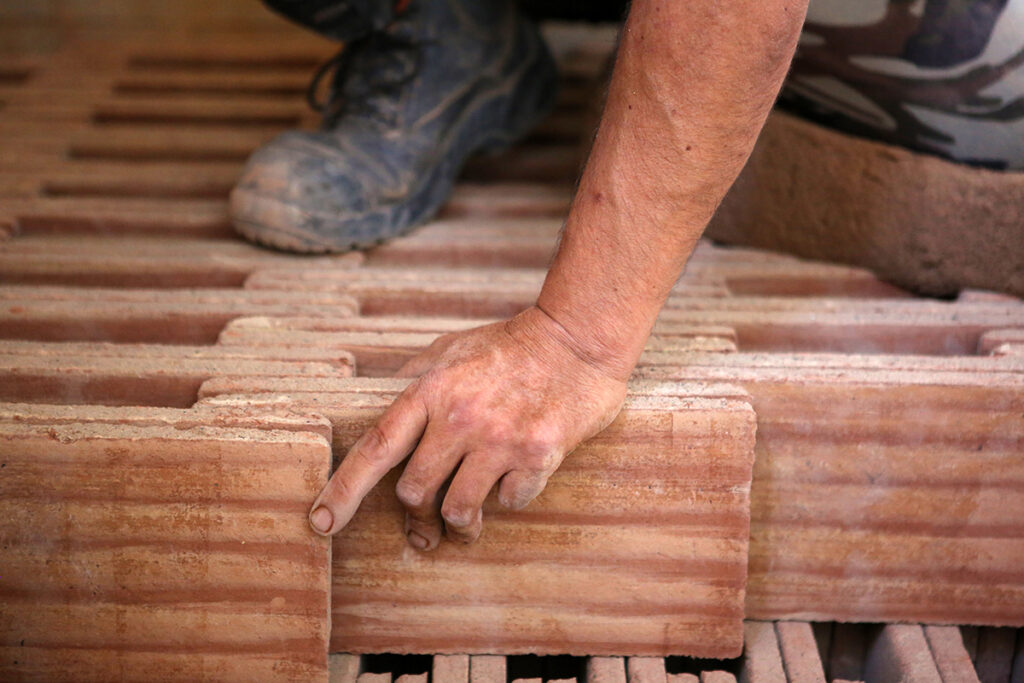
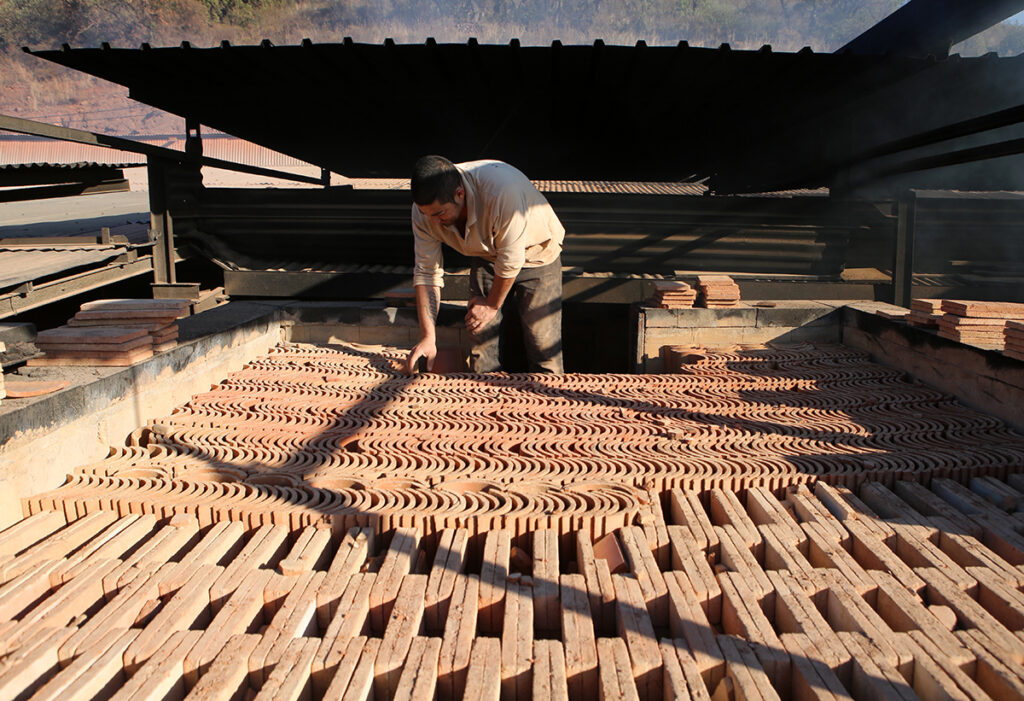

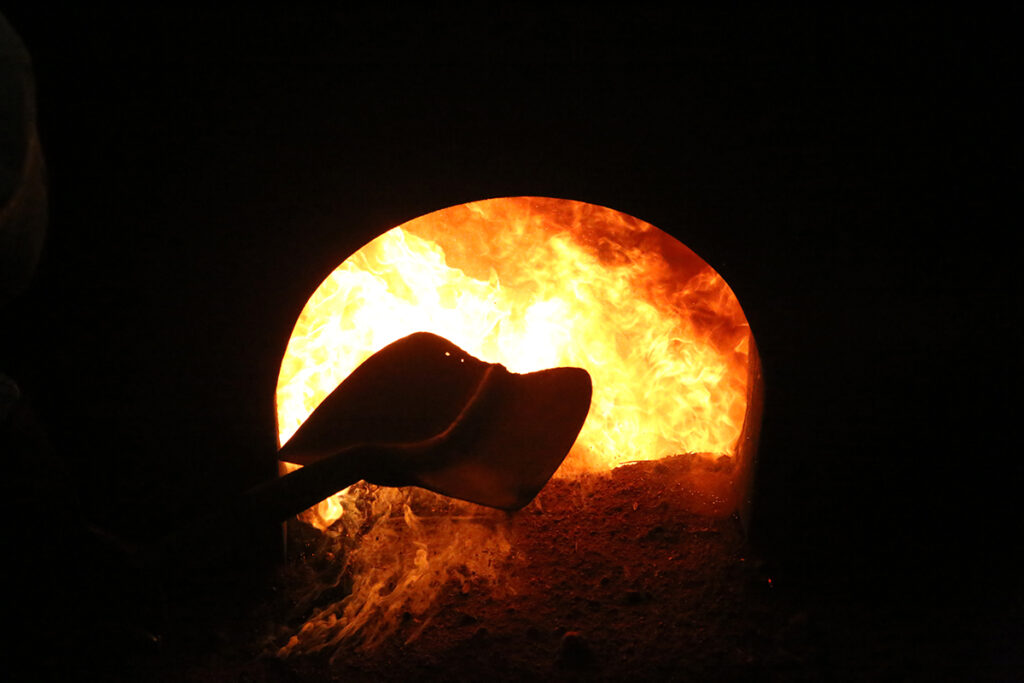
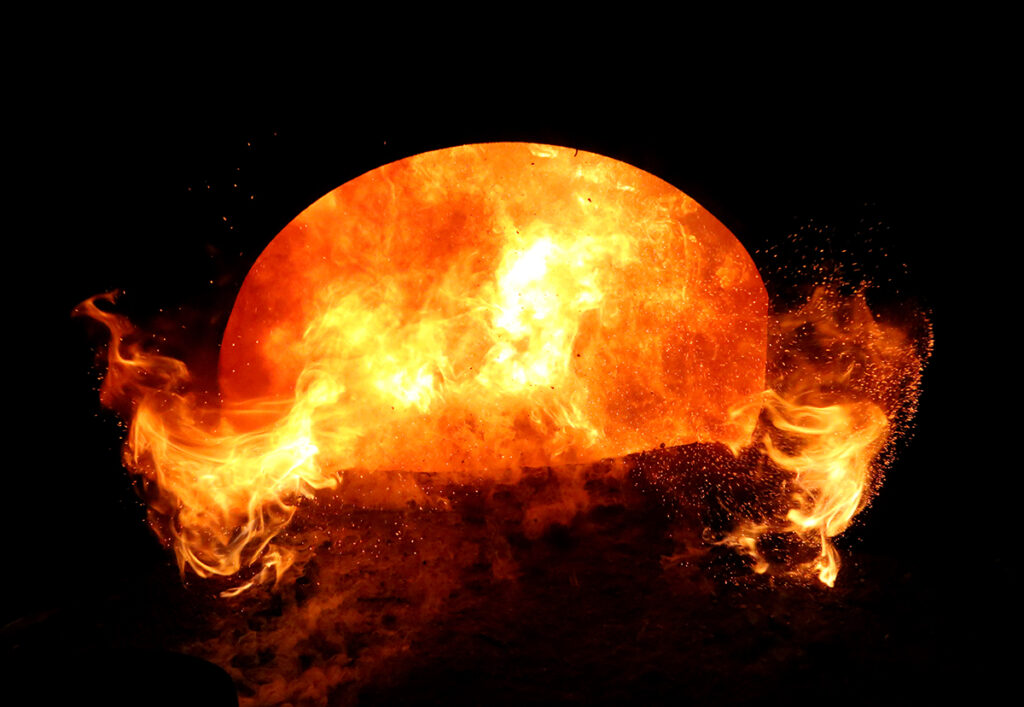
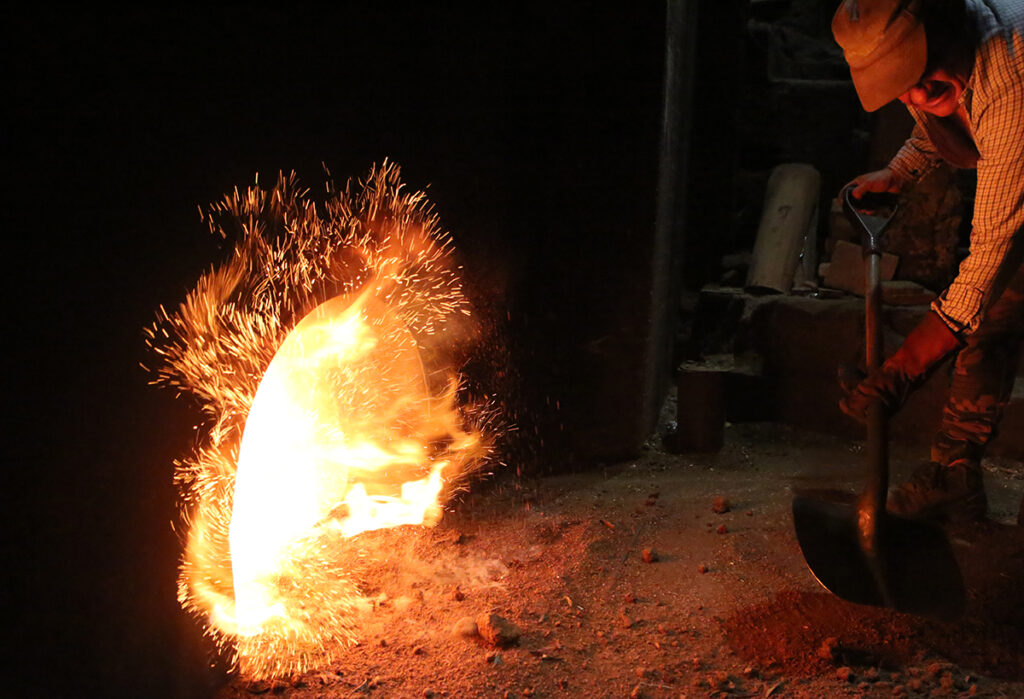
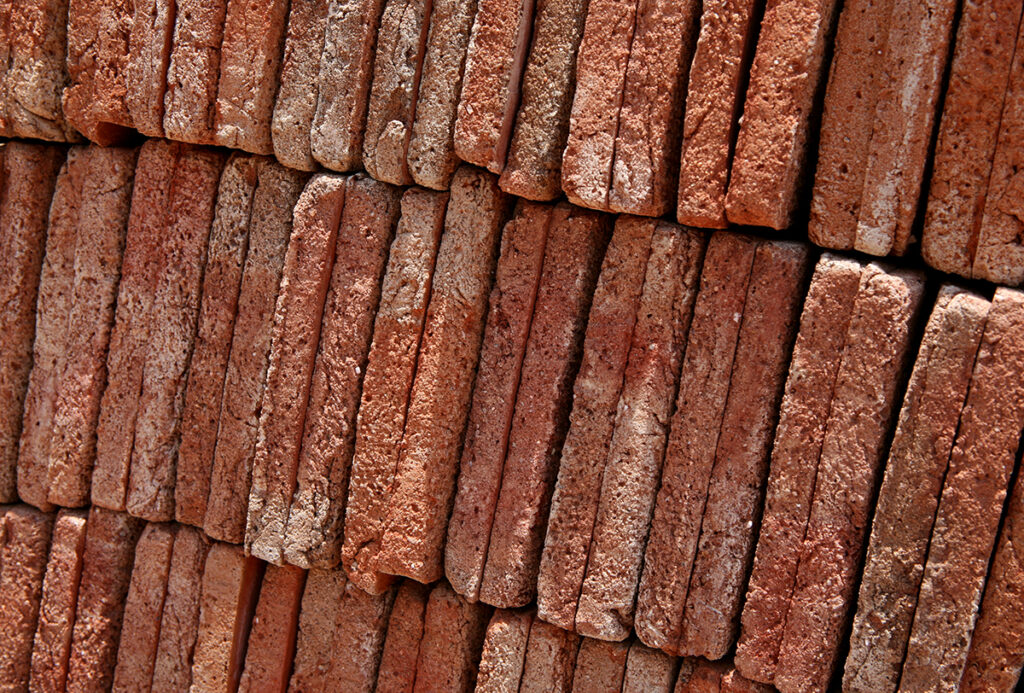
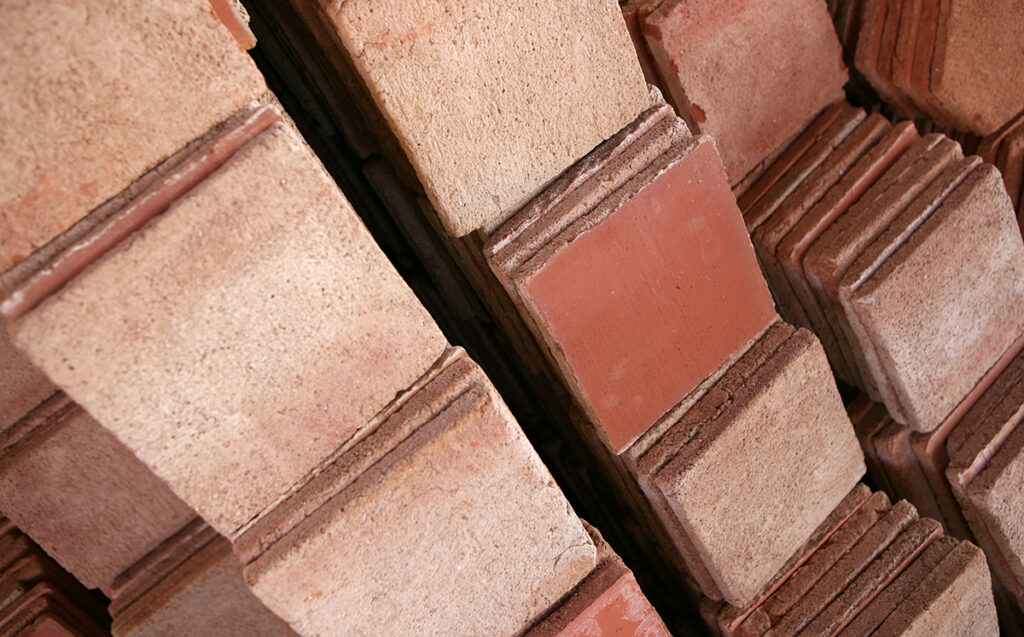
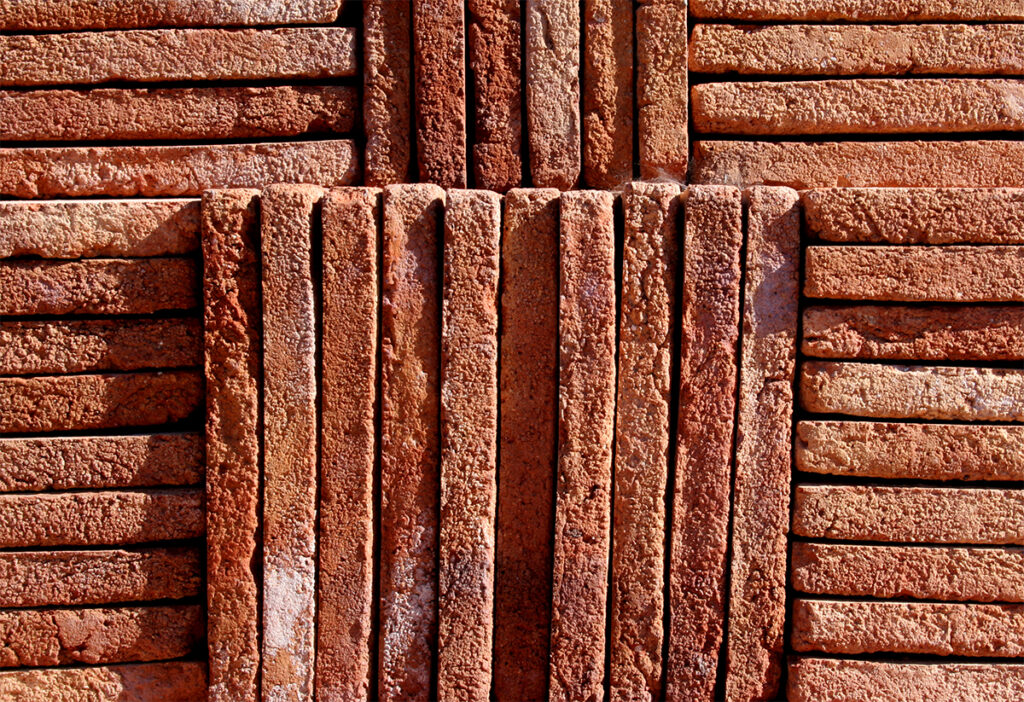
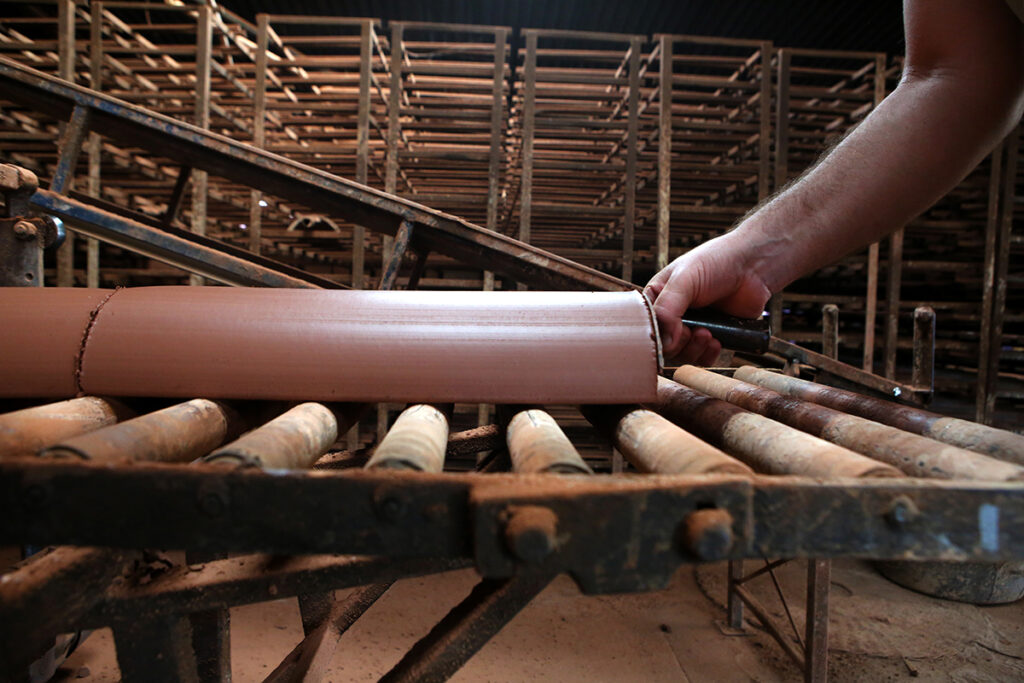
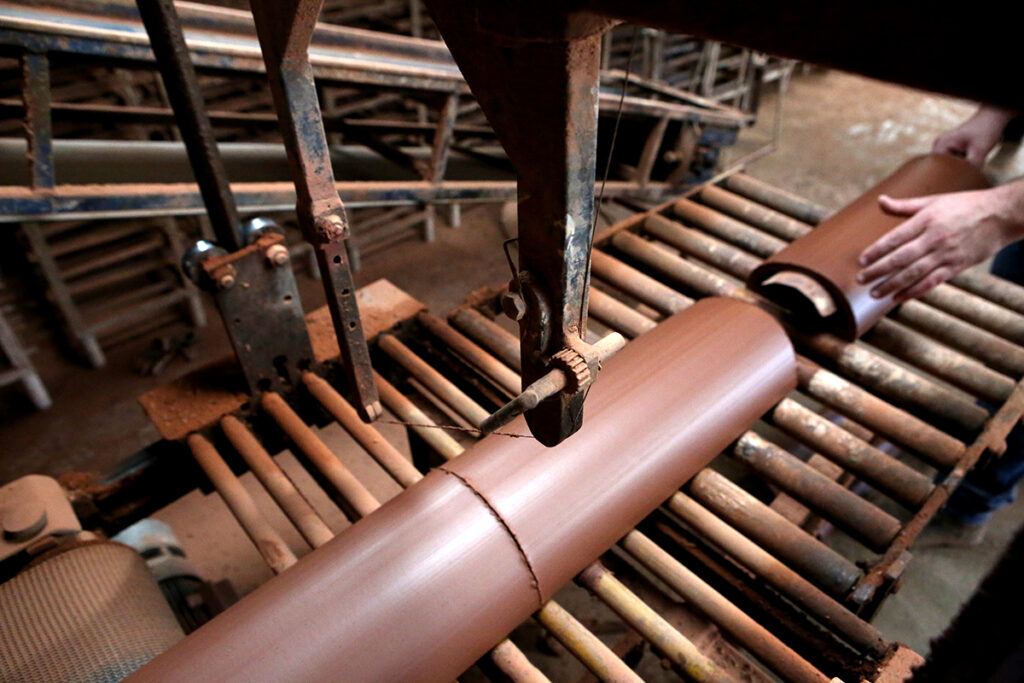
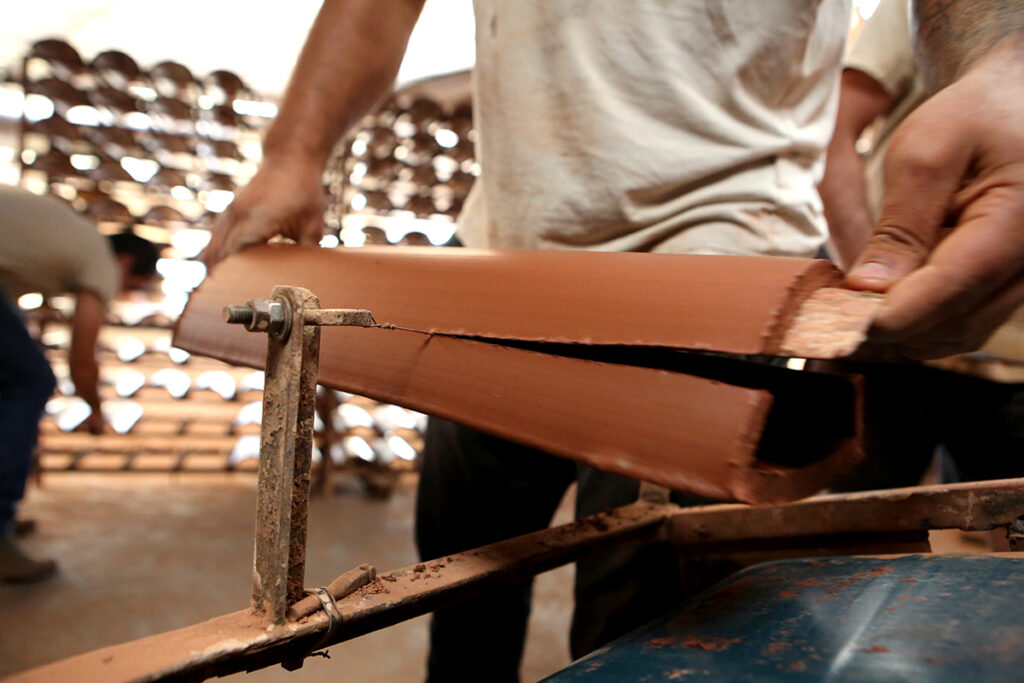
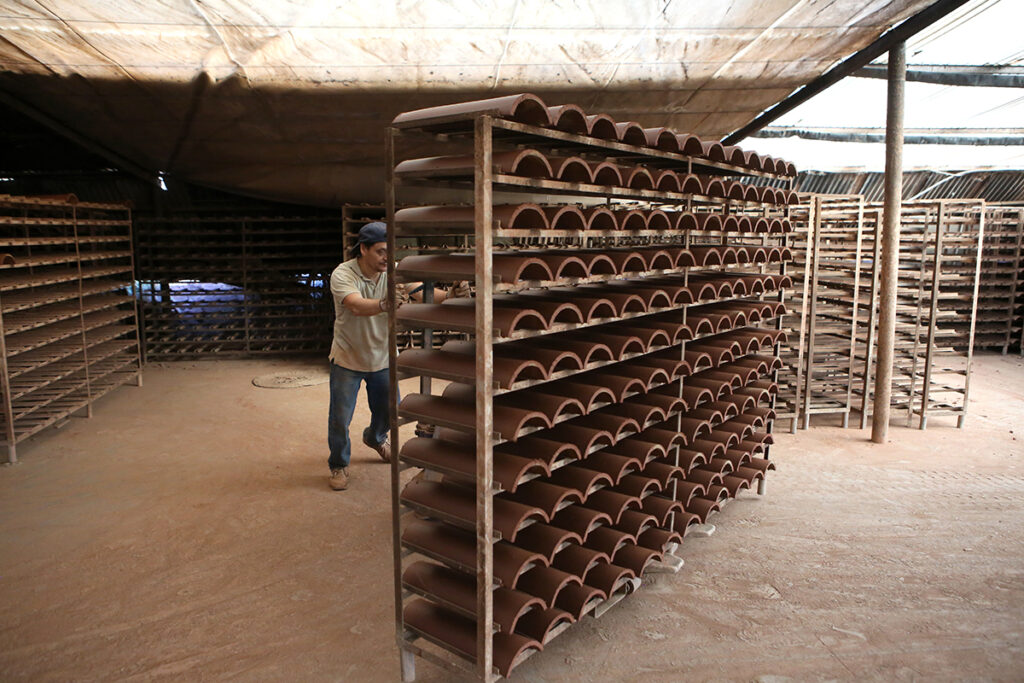
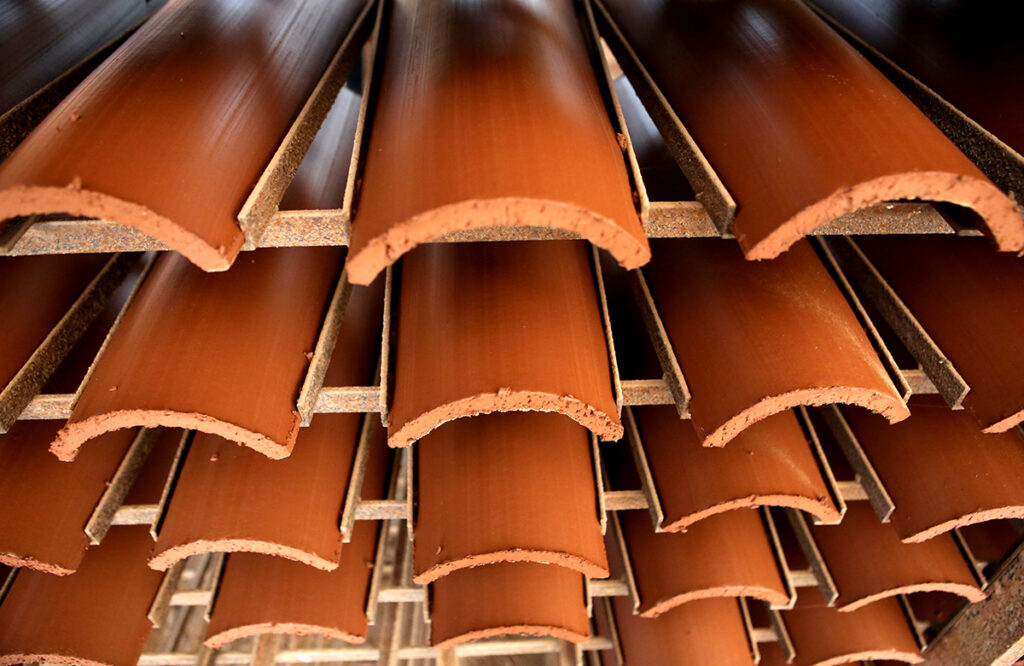
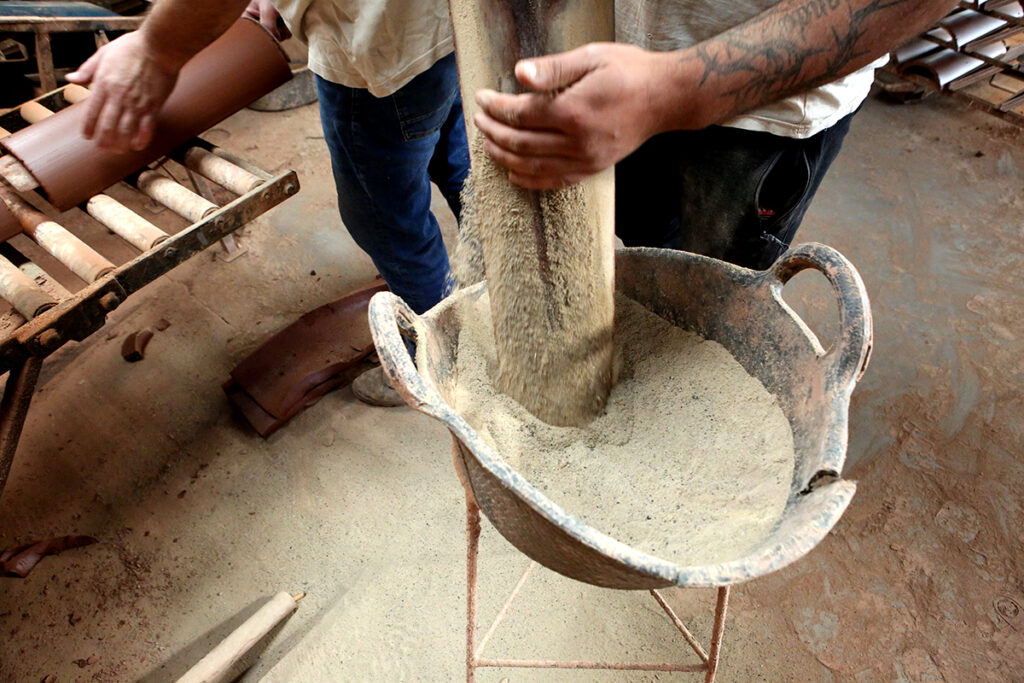
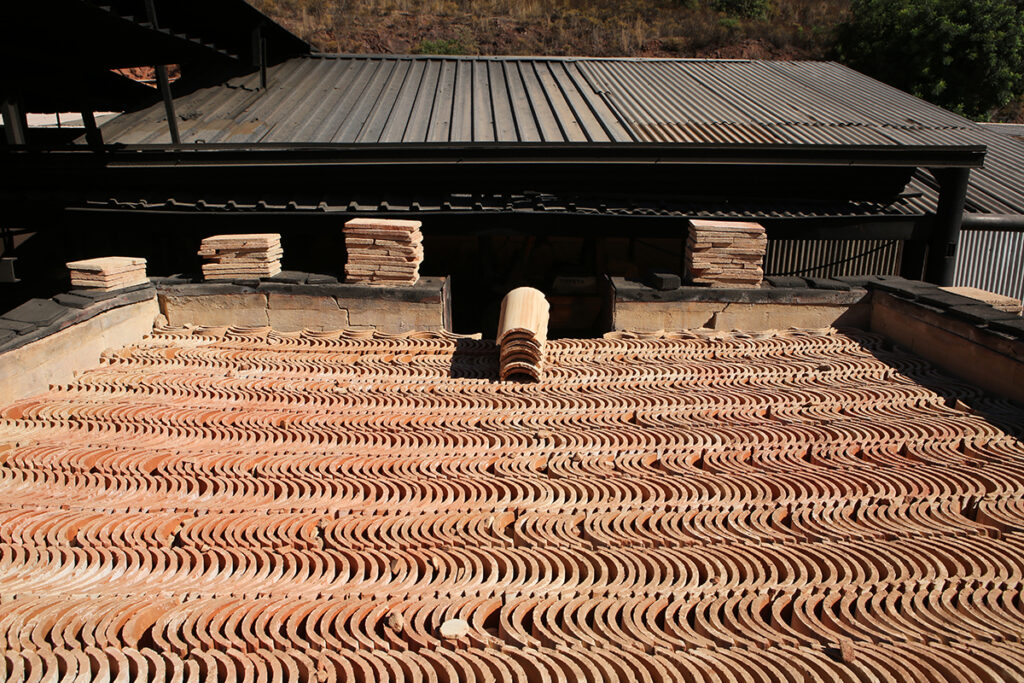
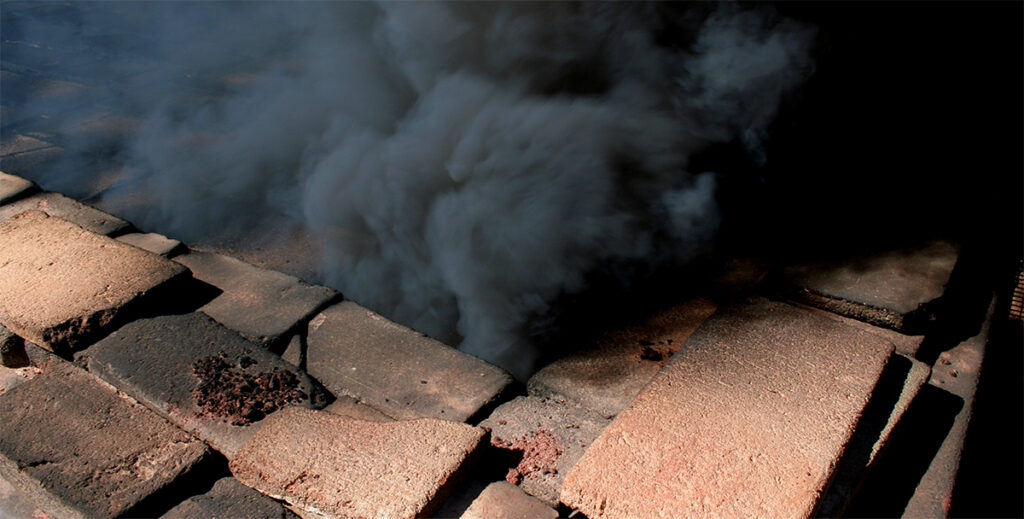
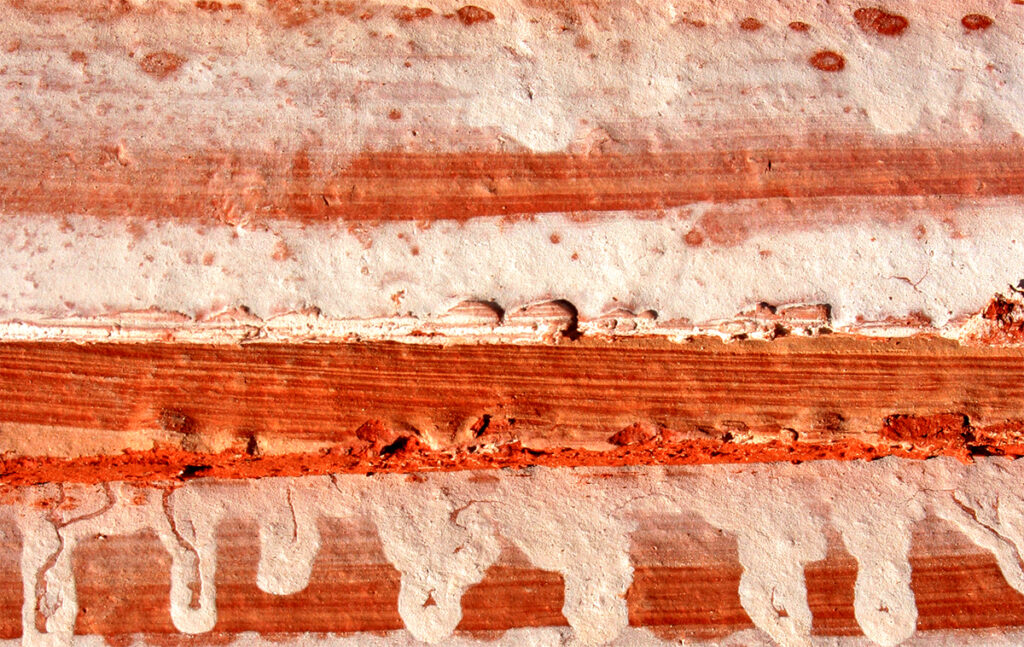
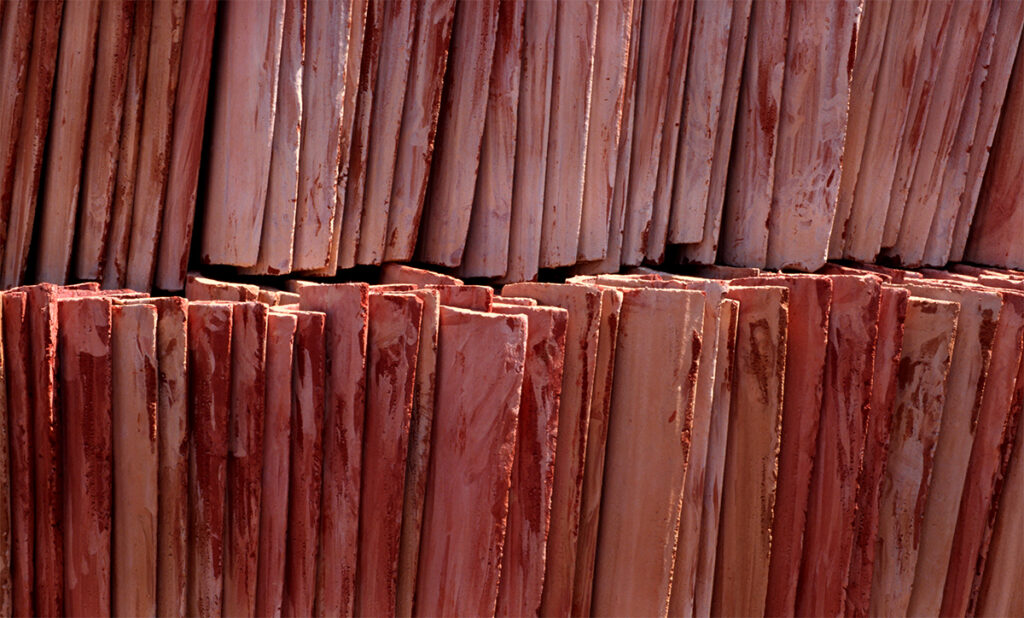
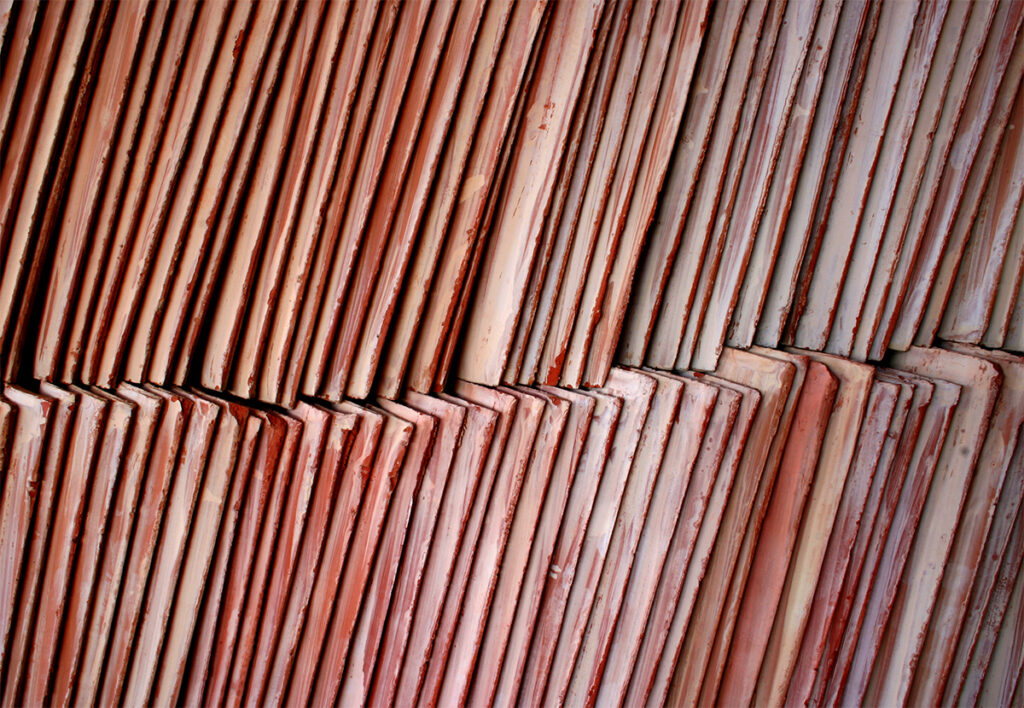
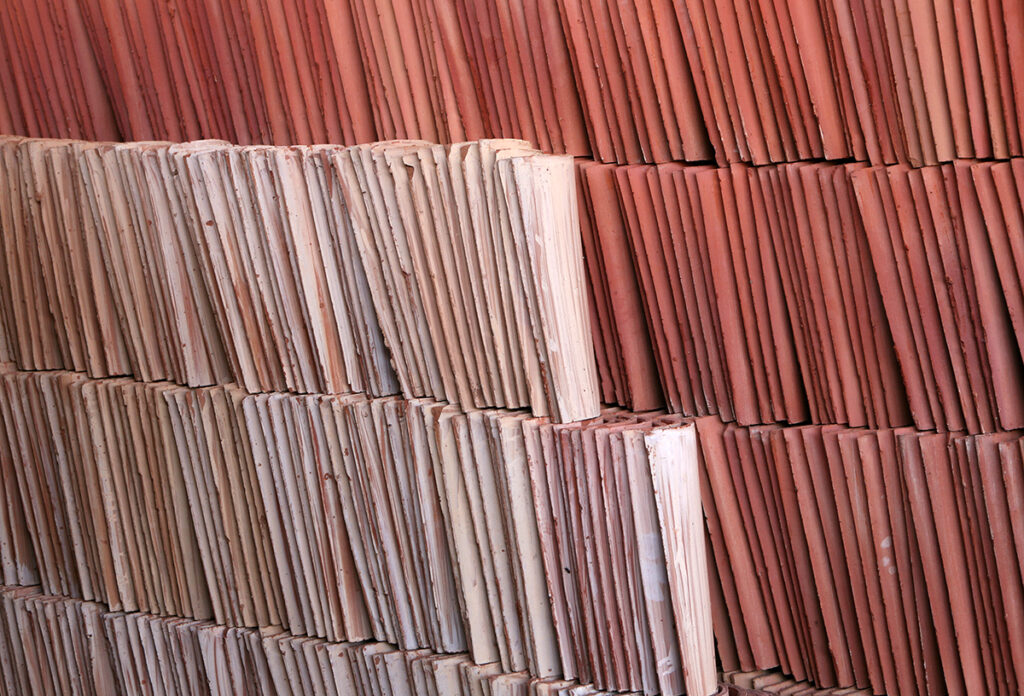
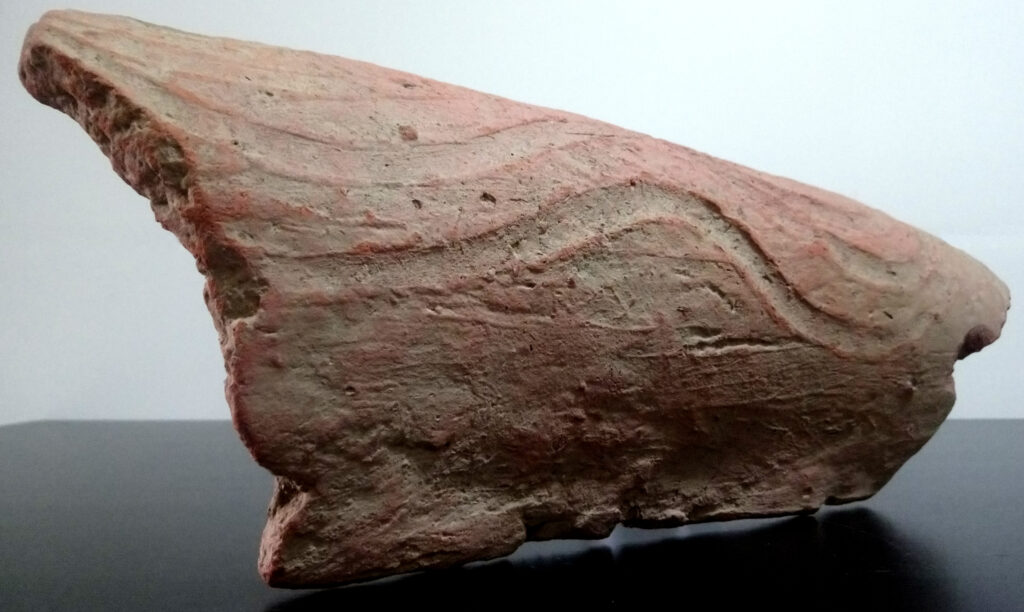



















Comments